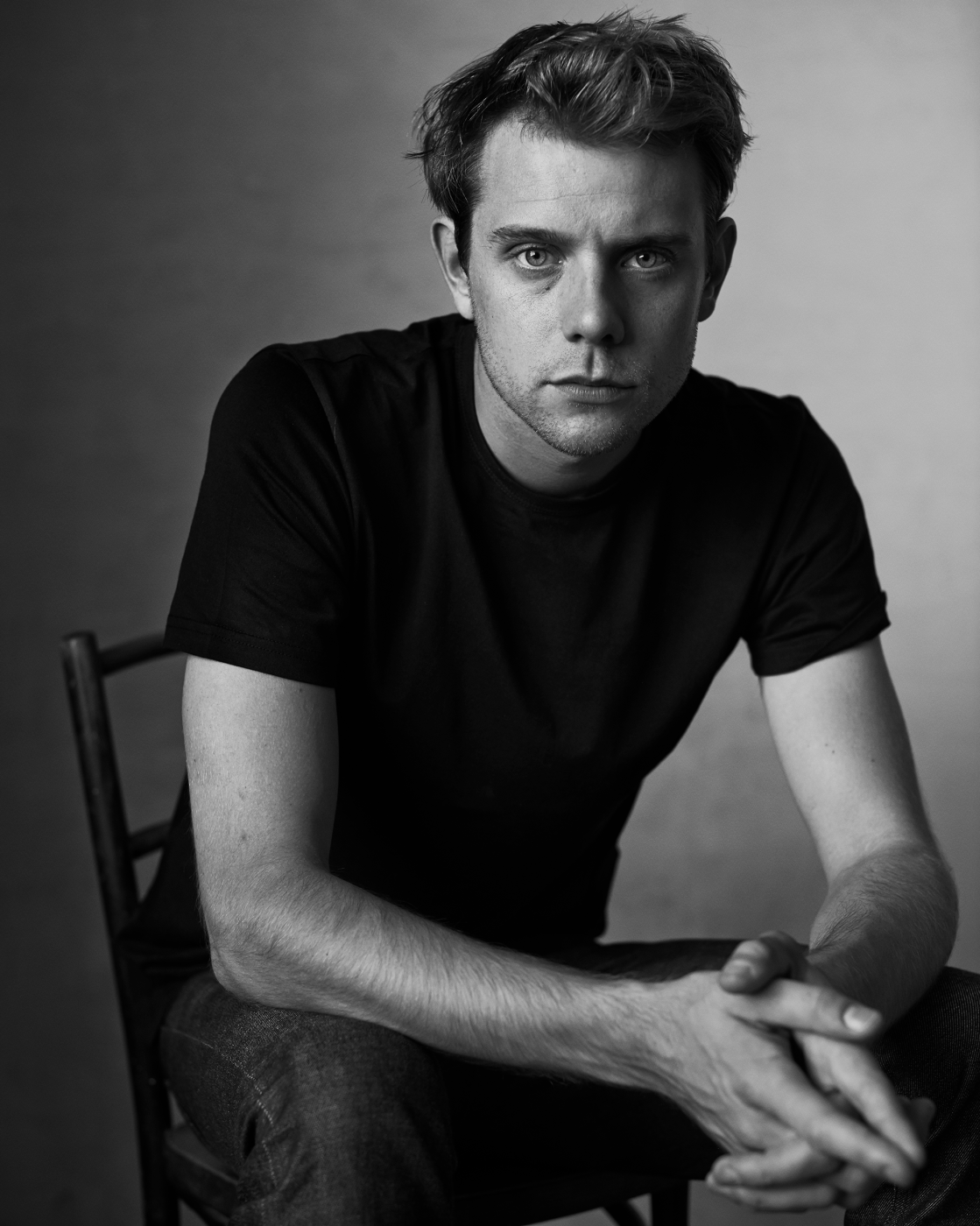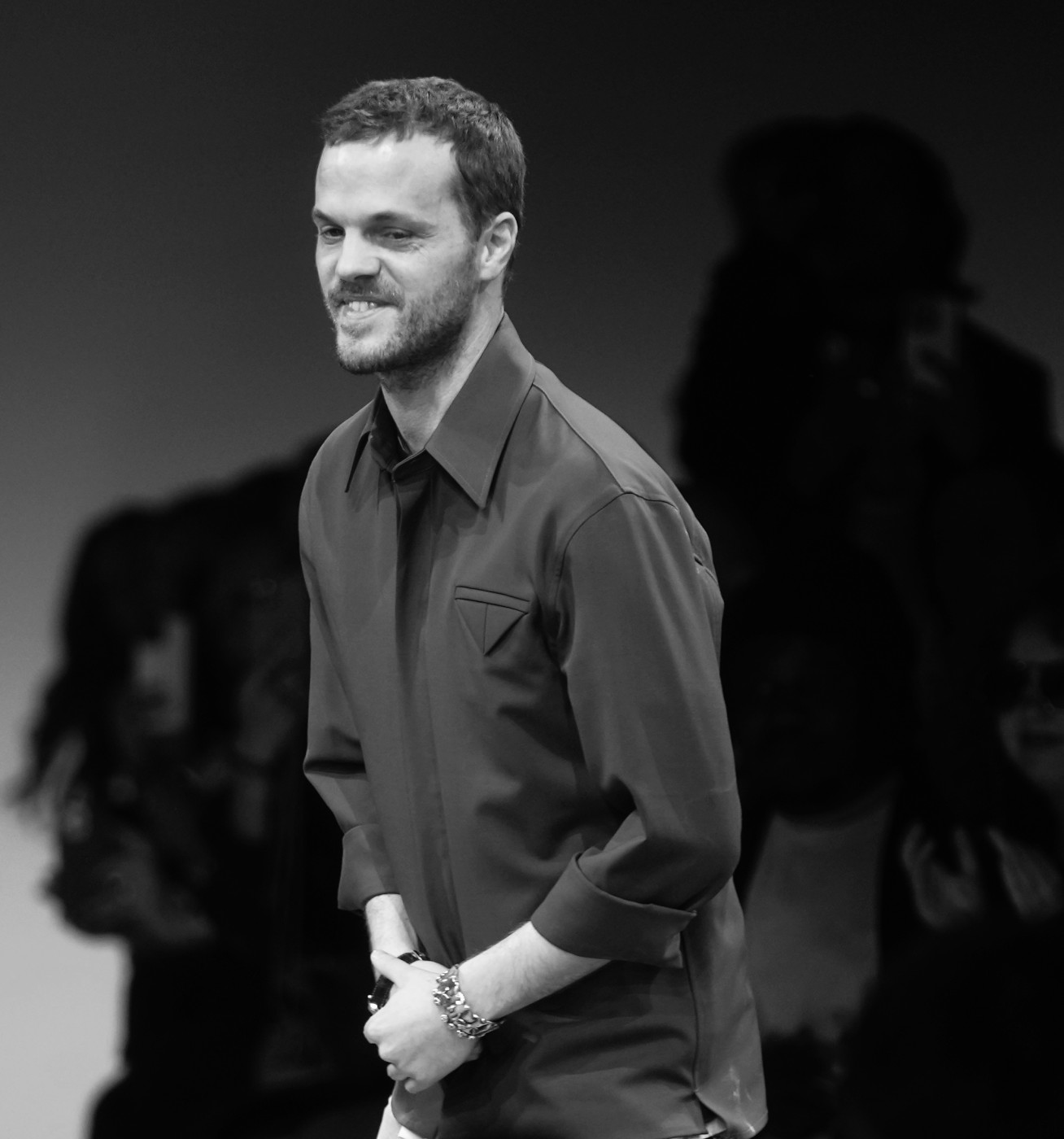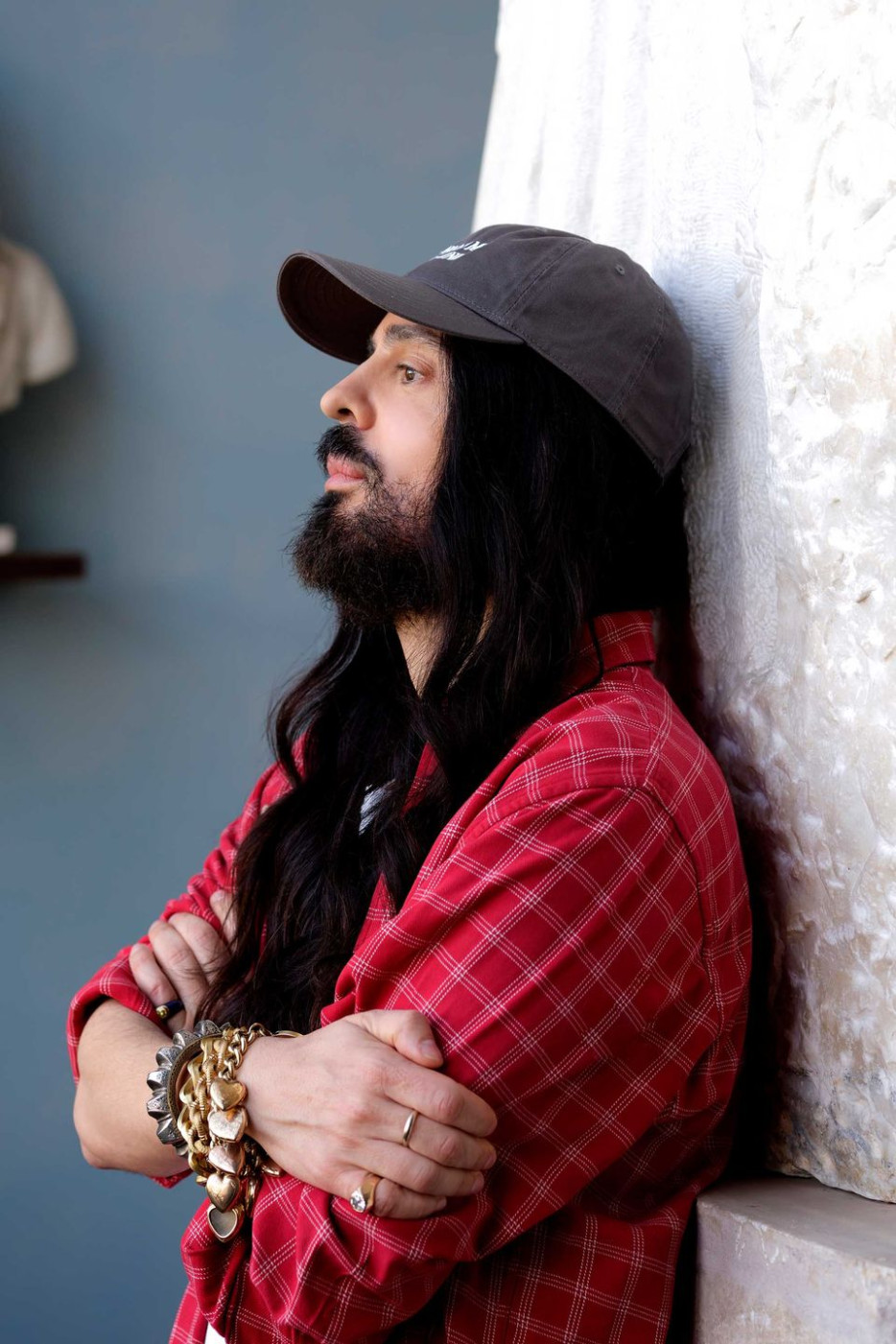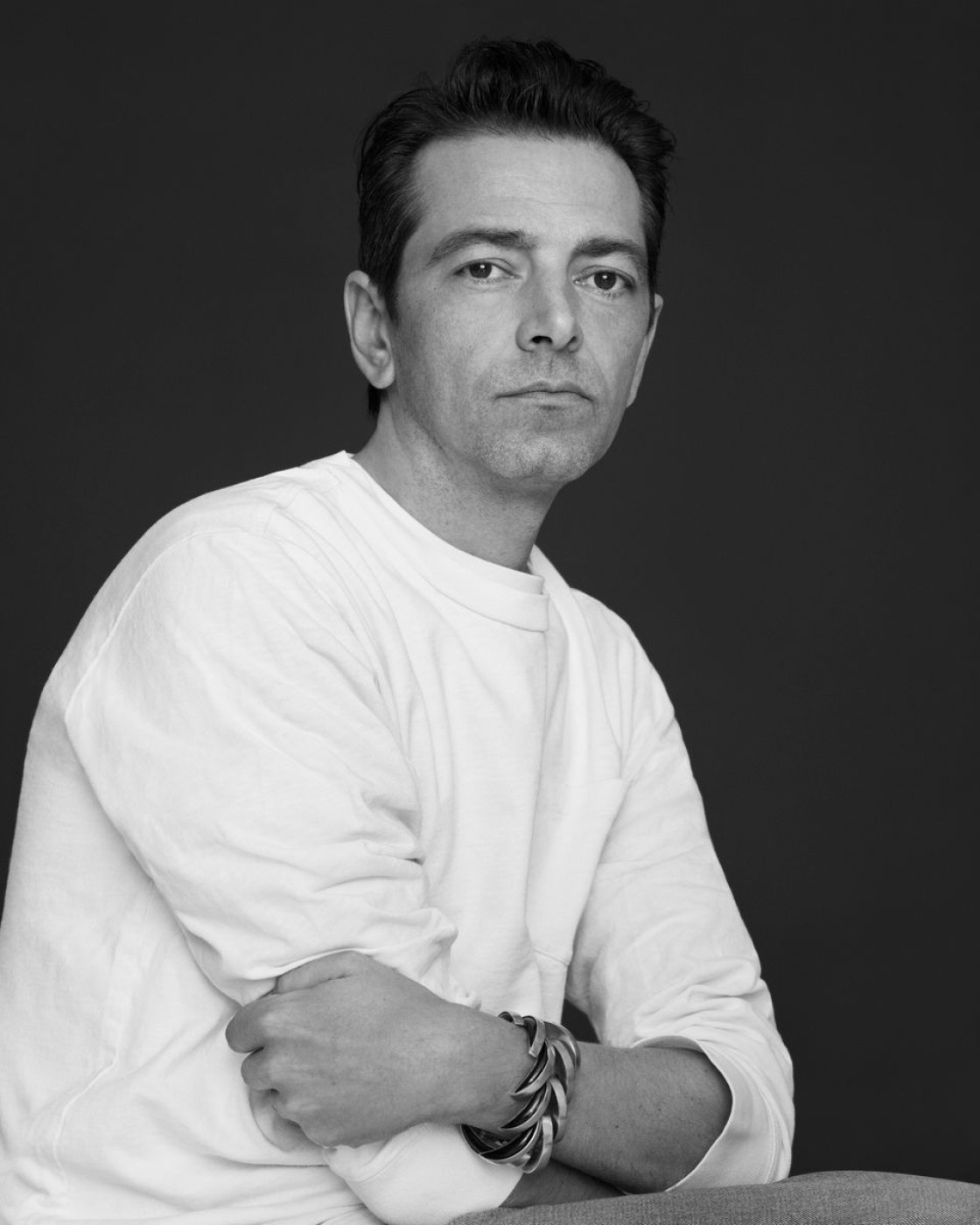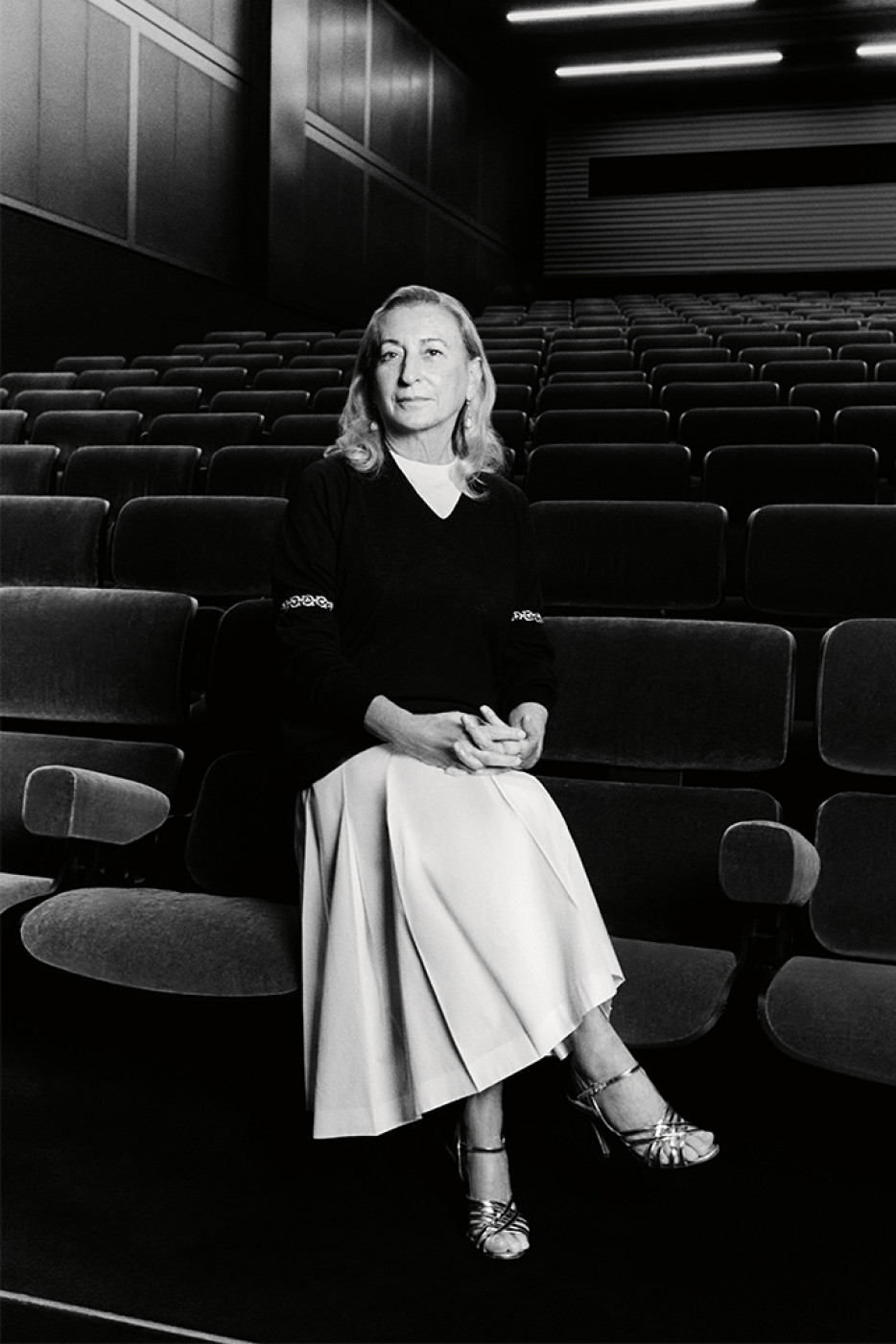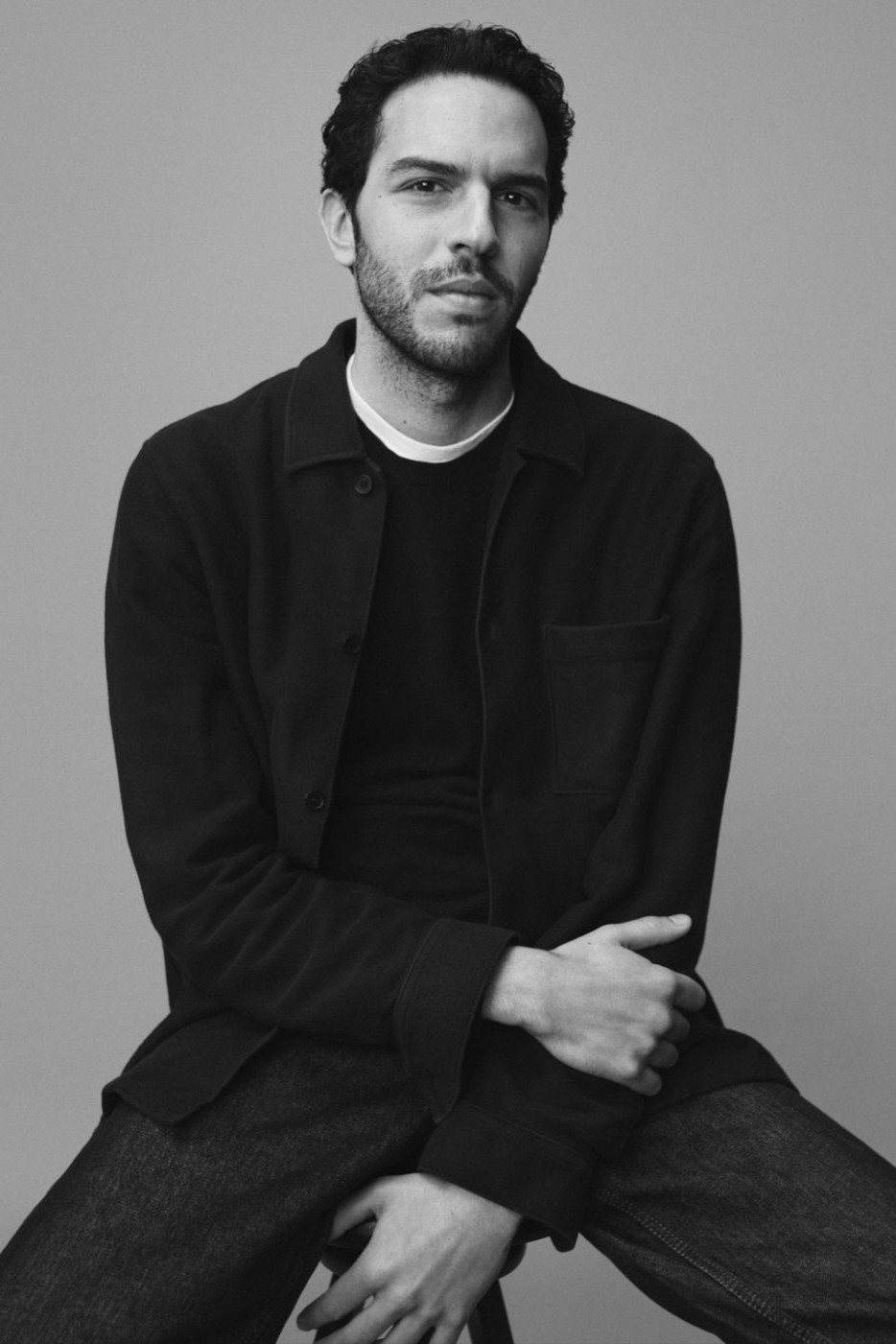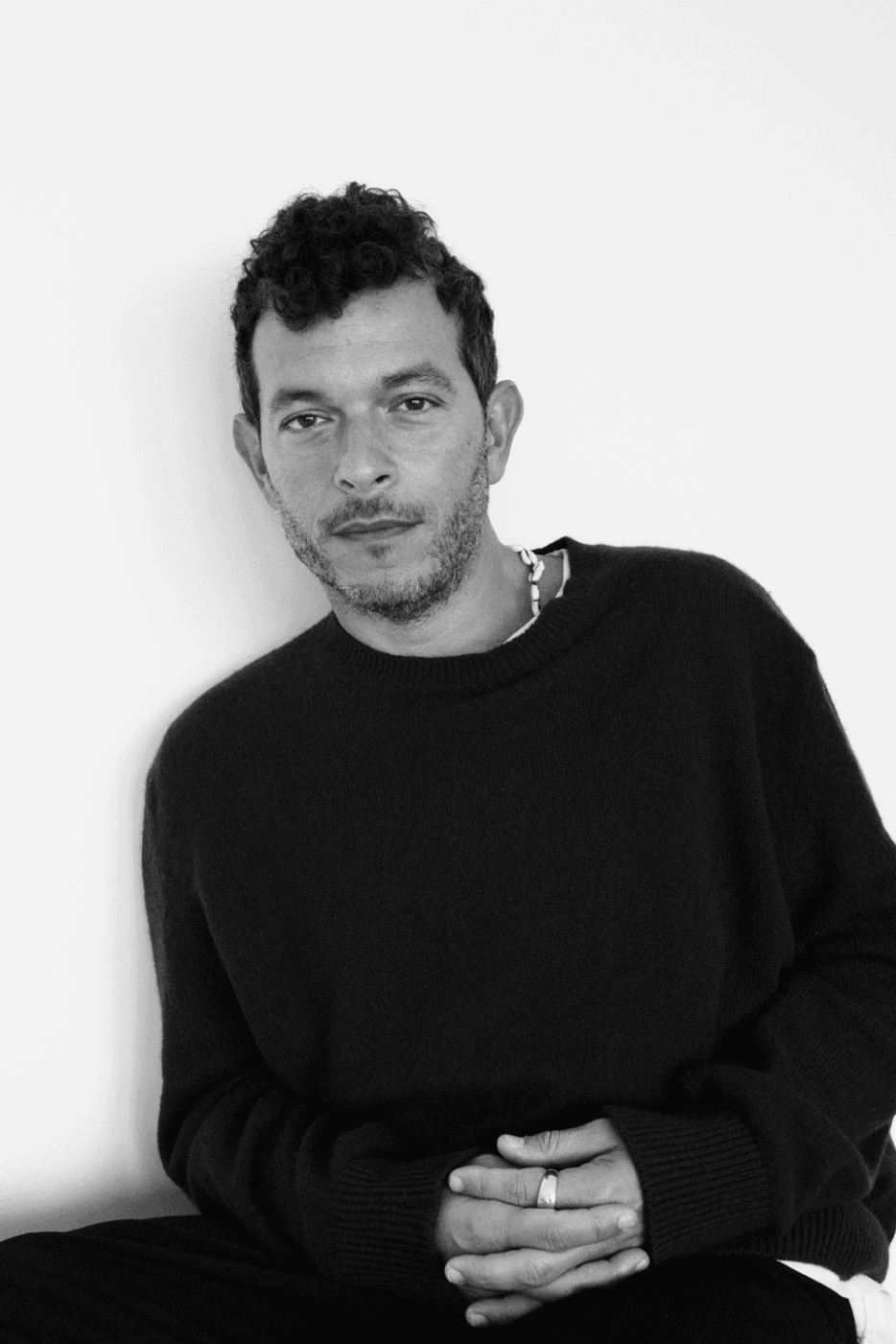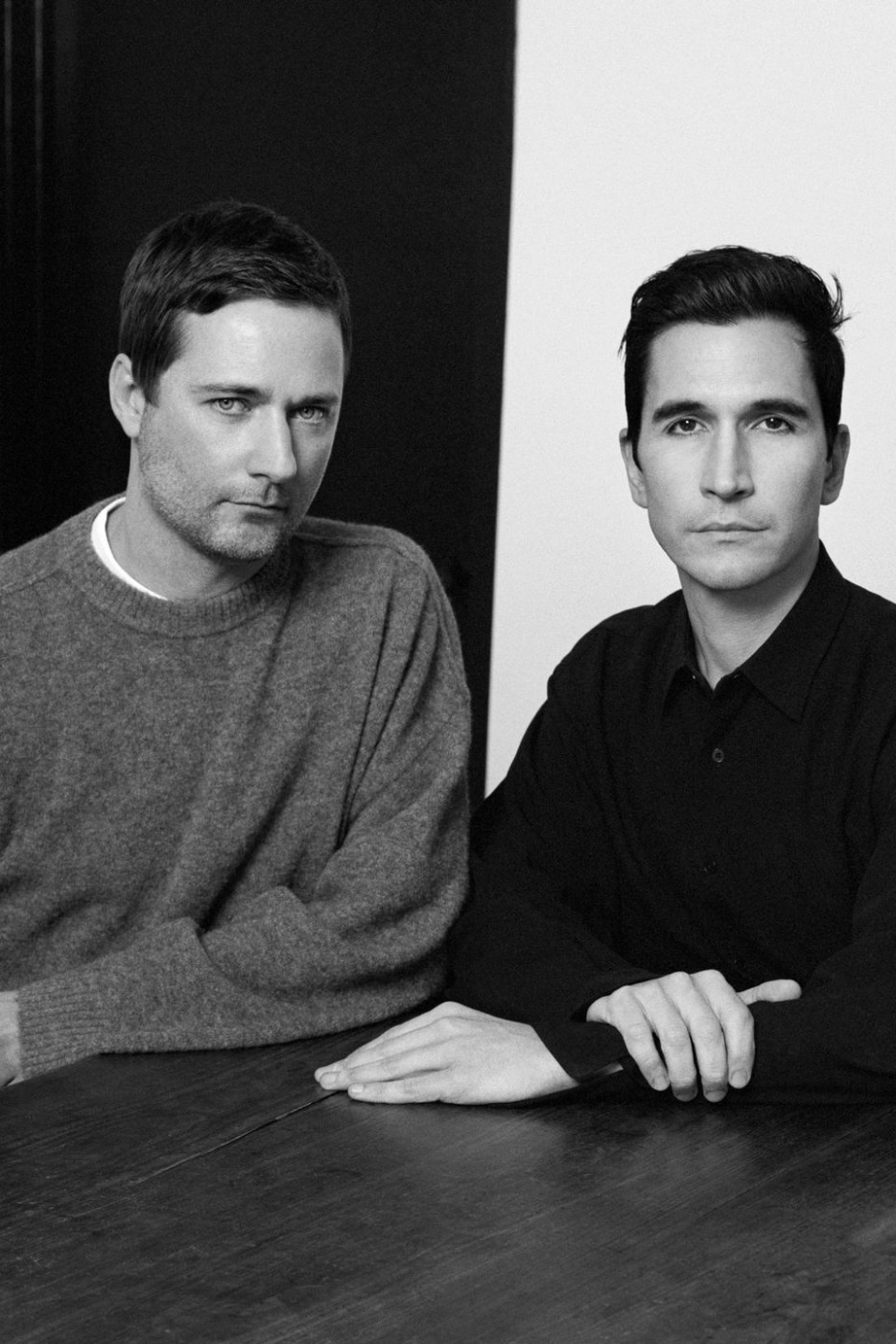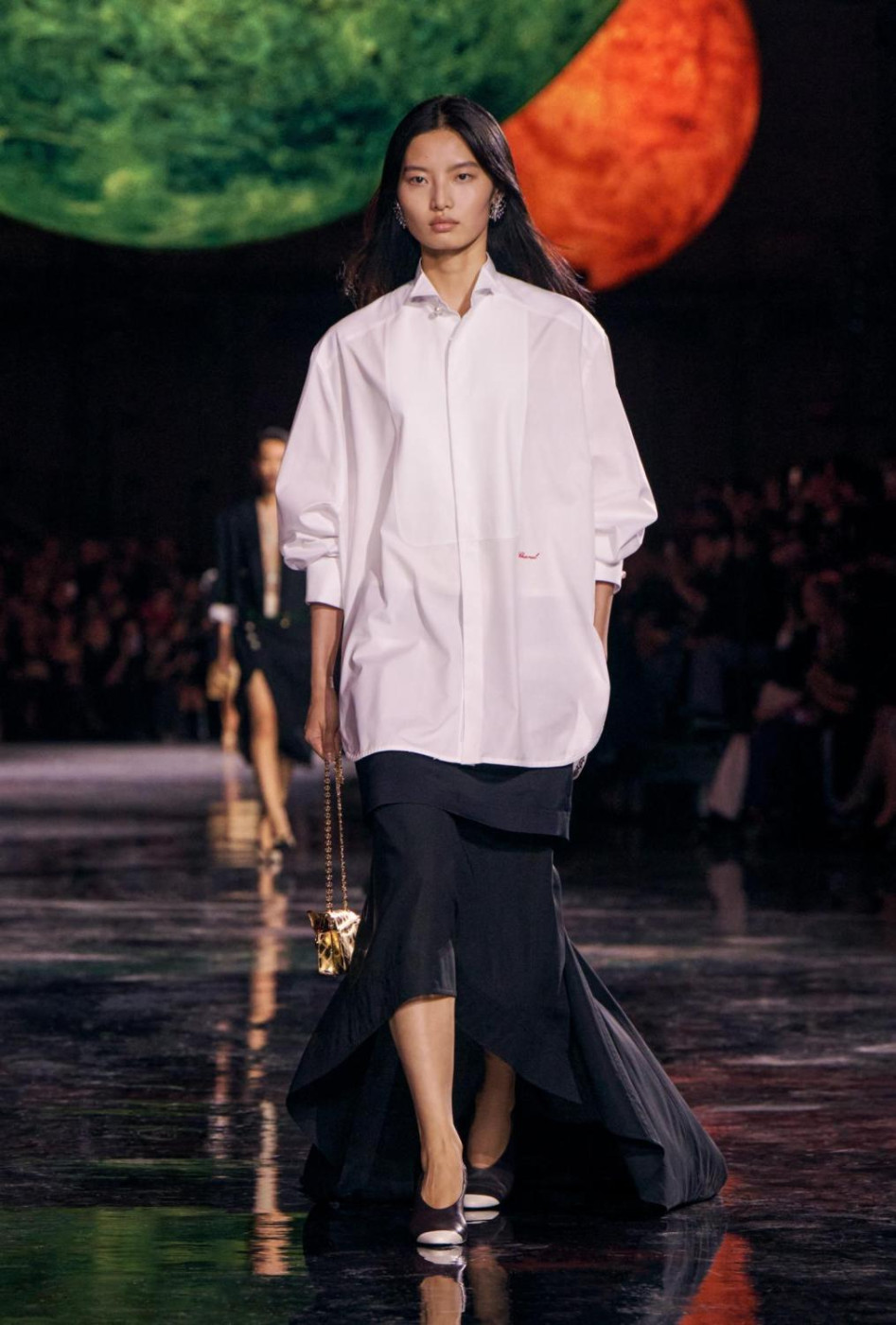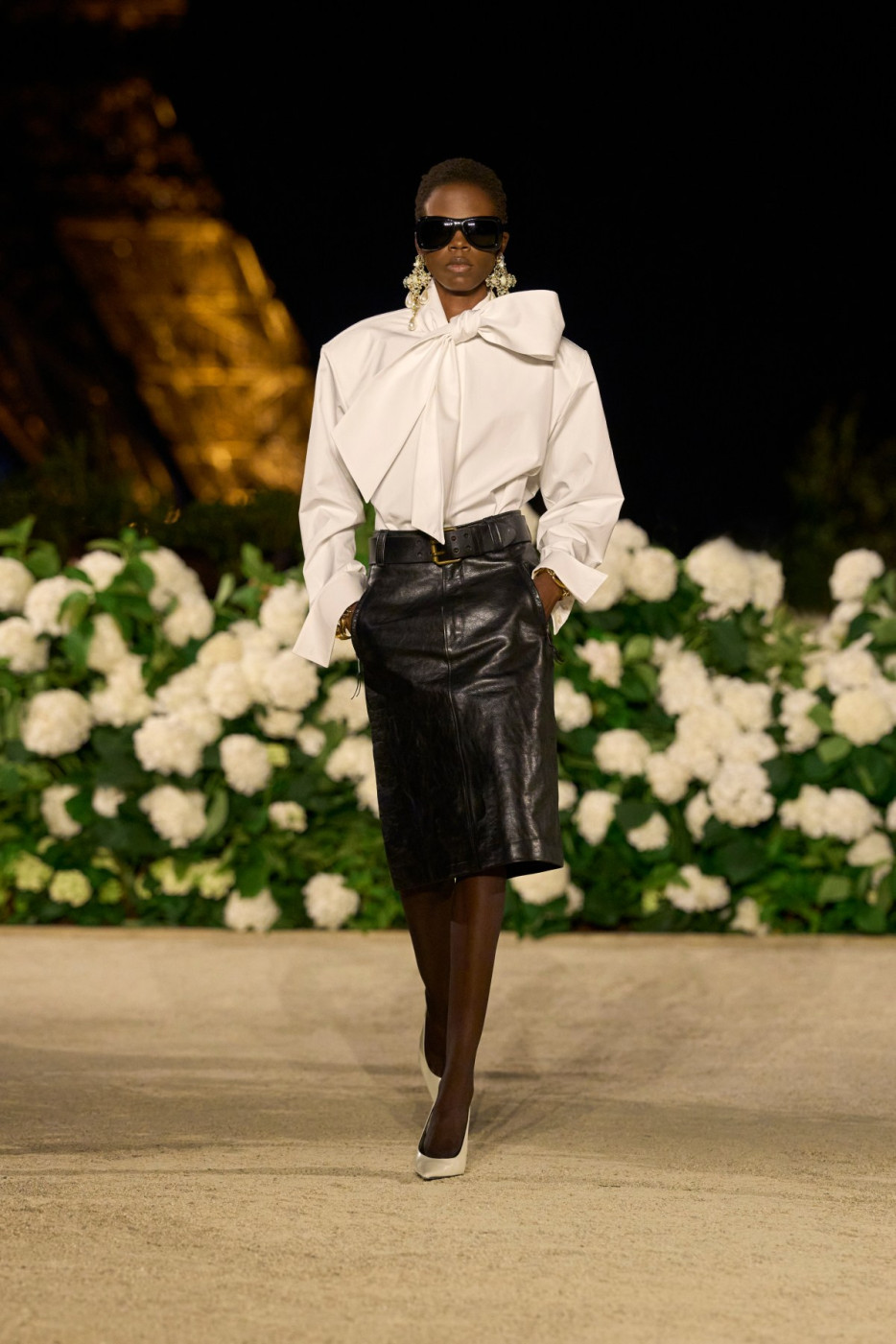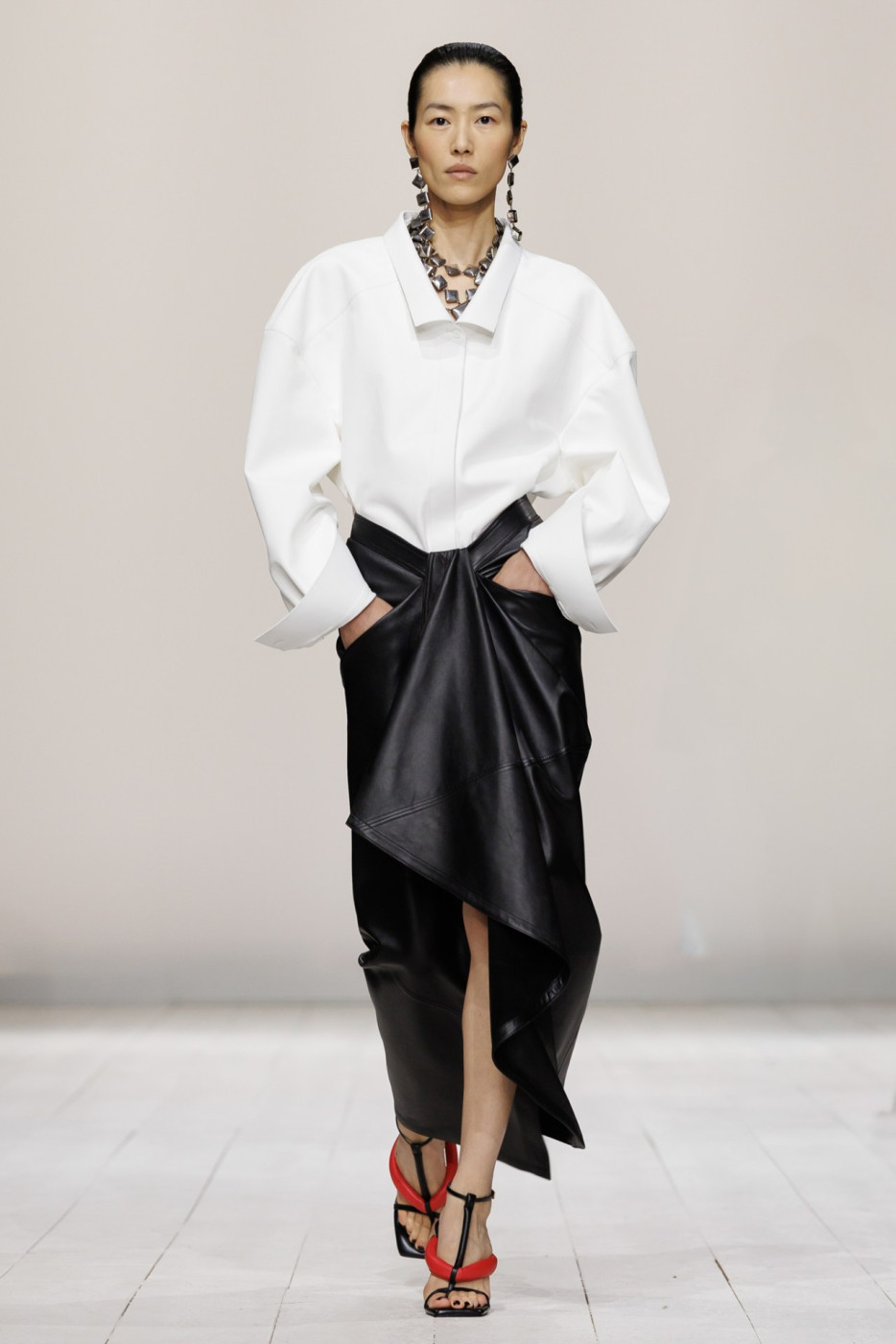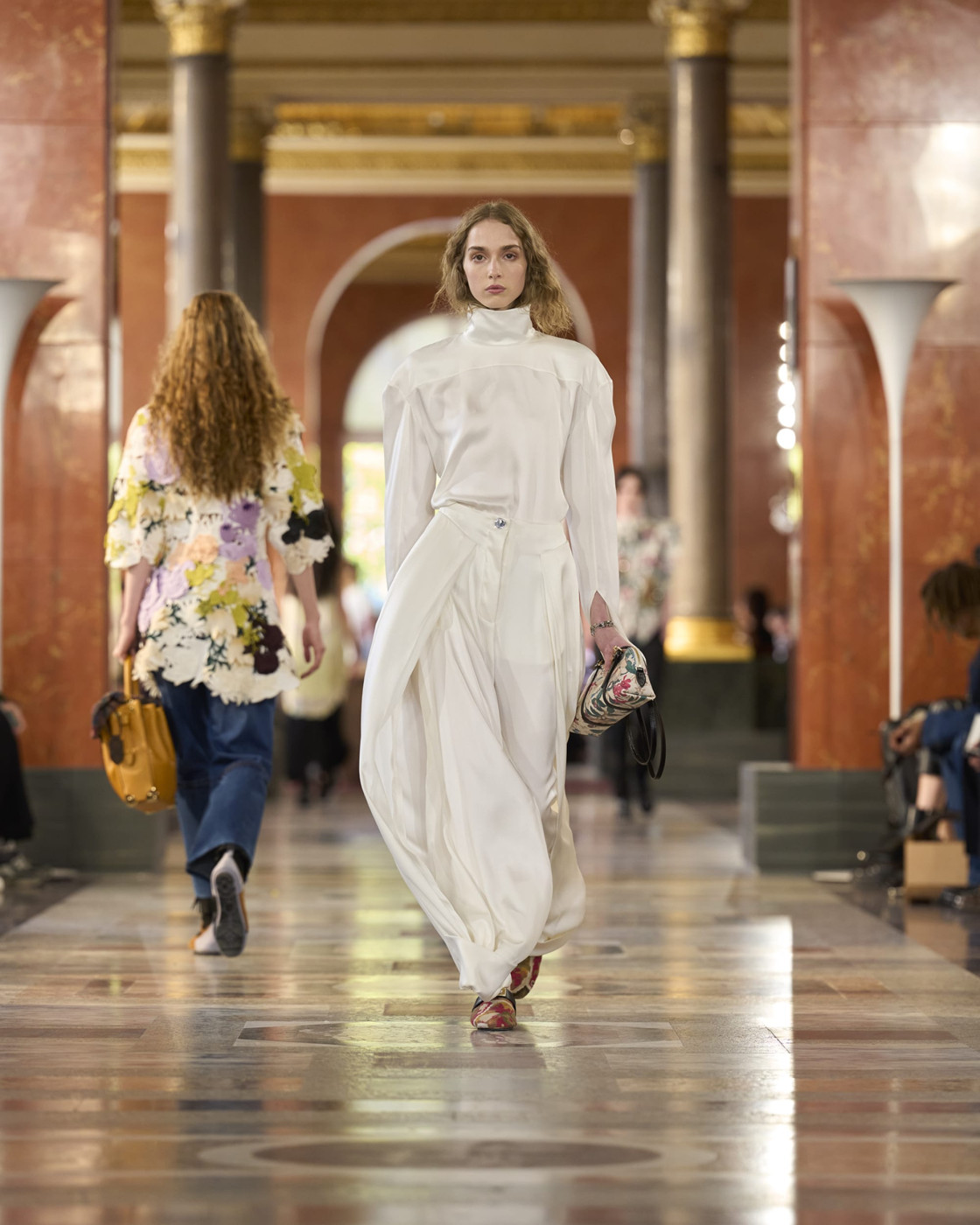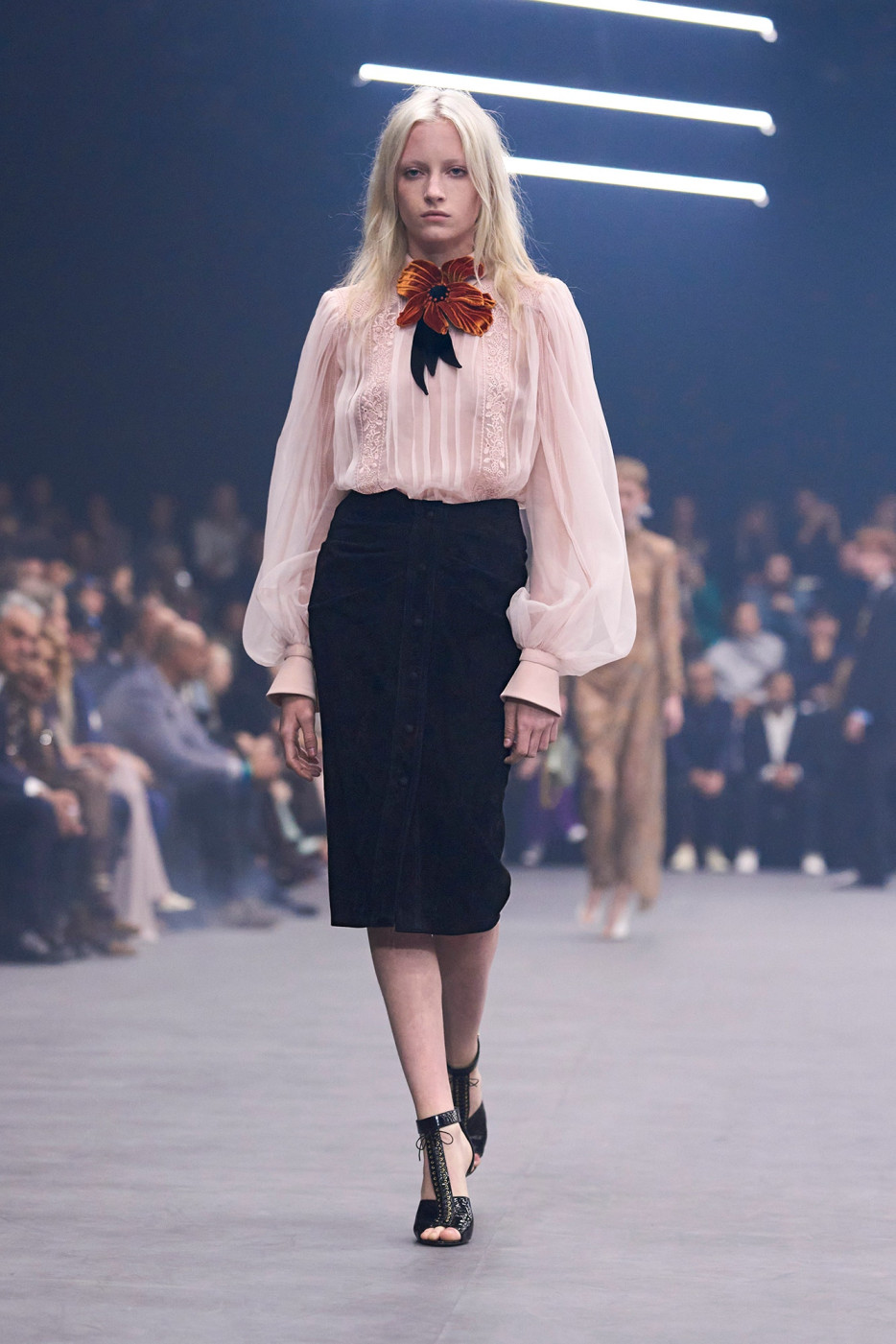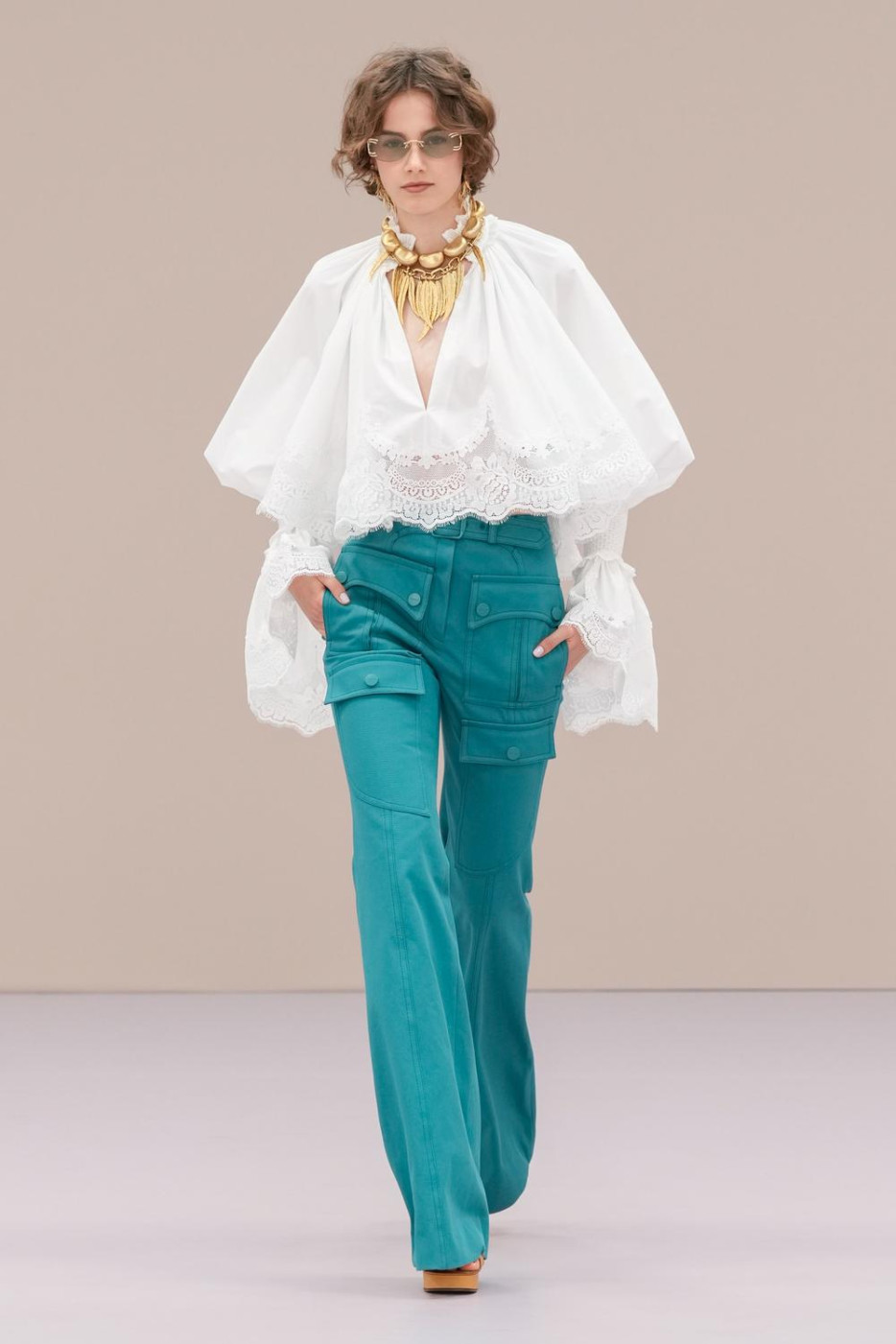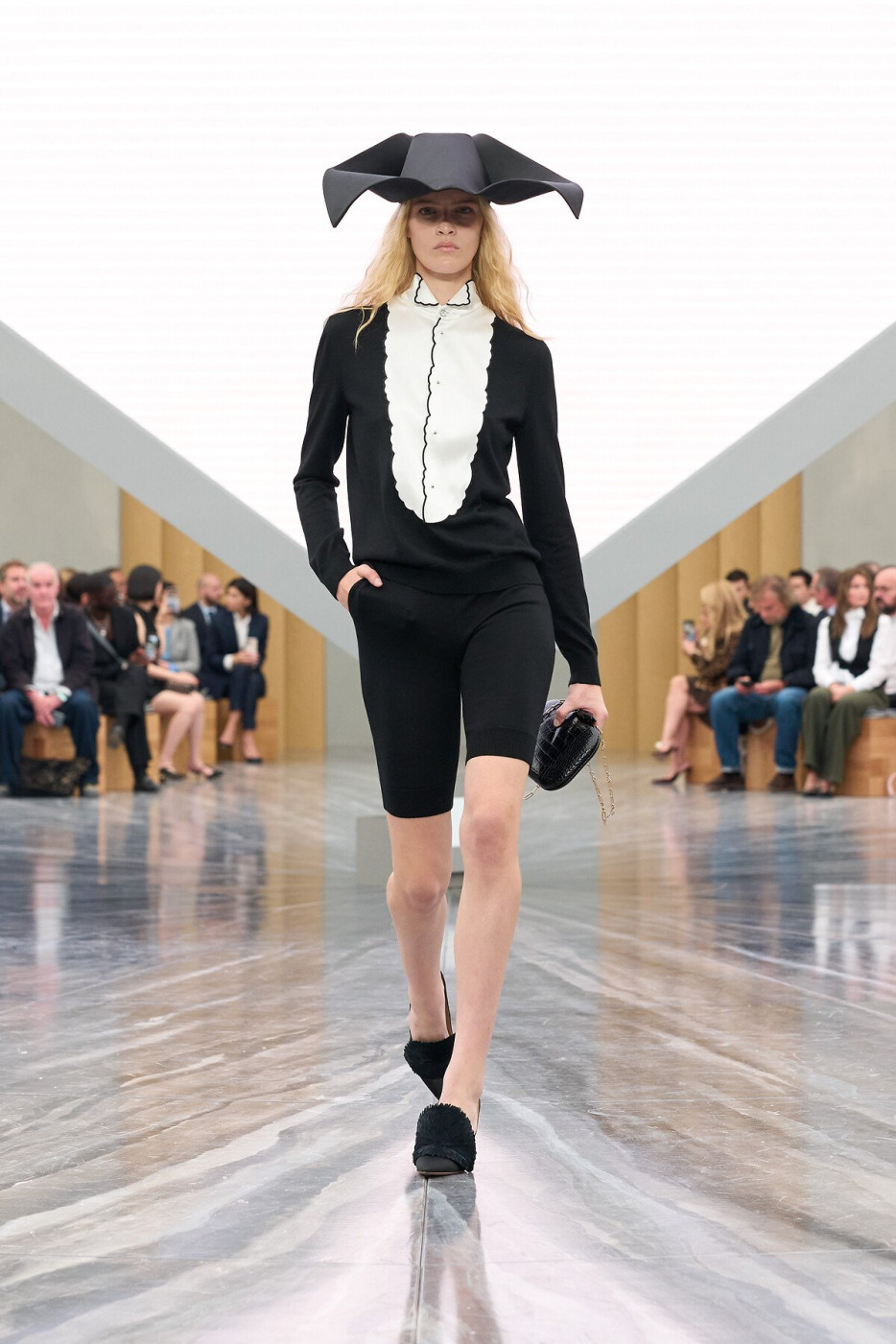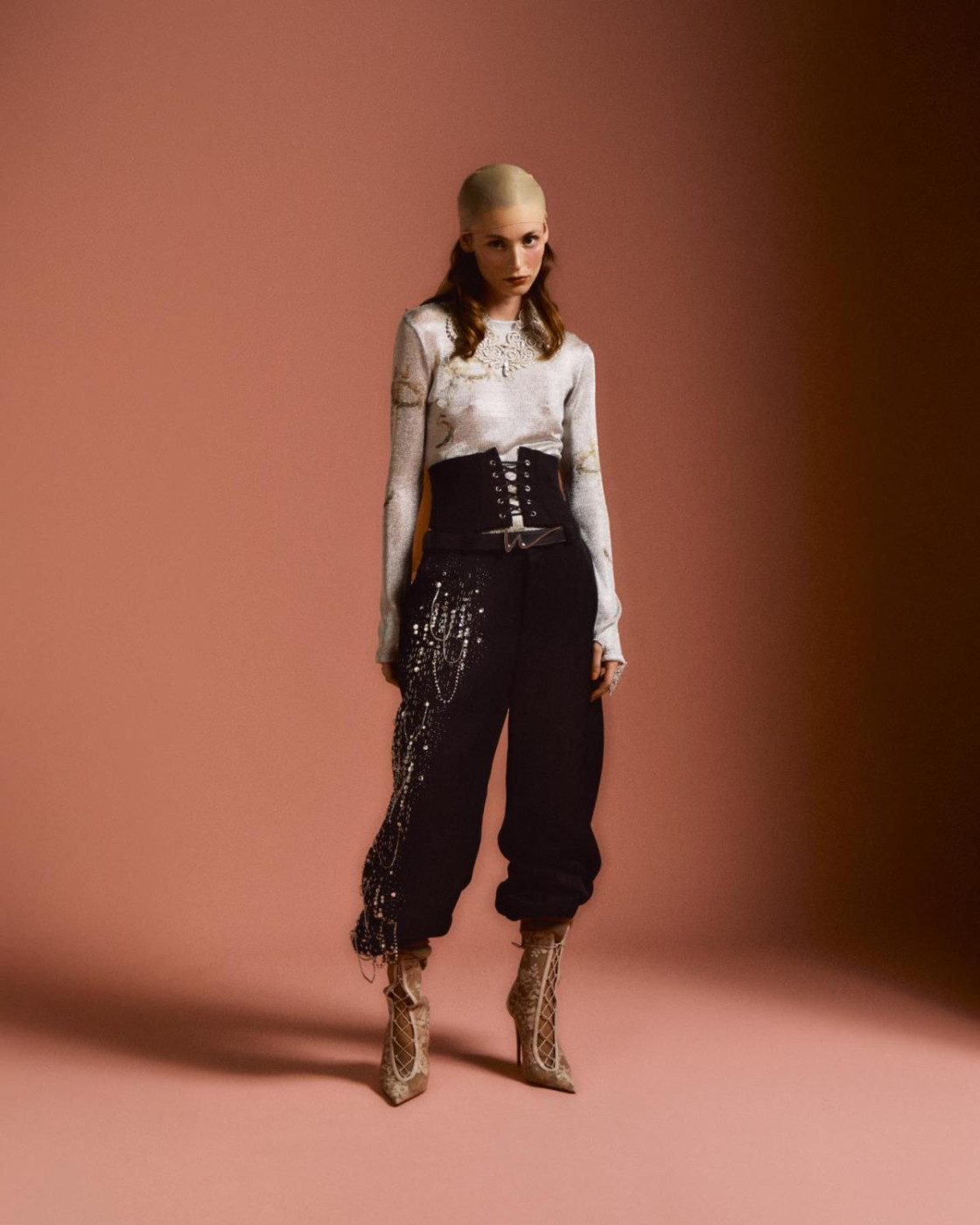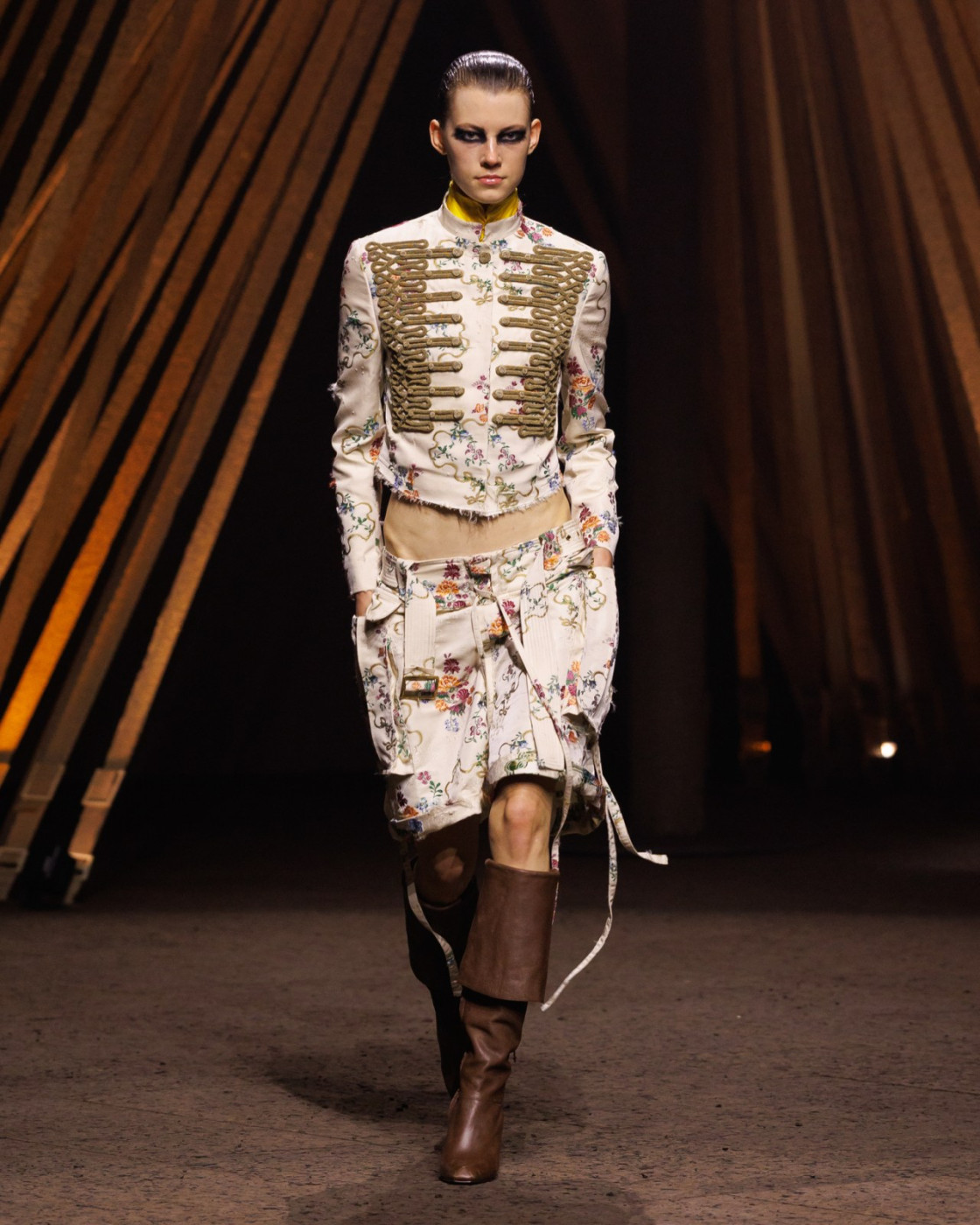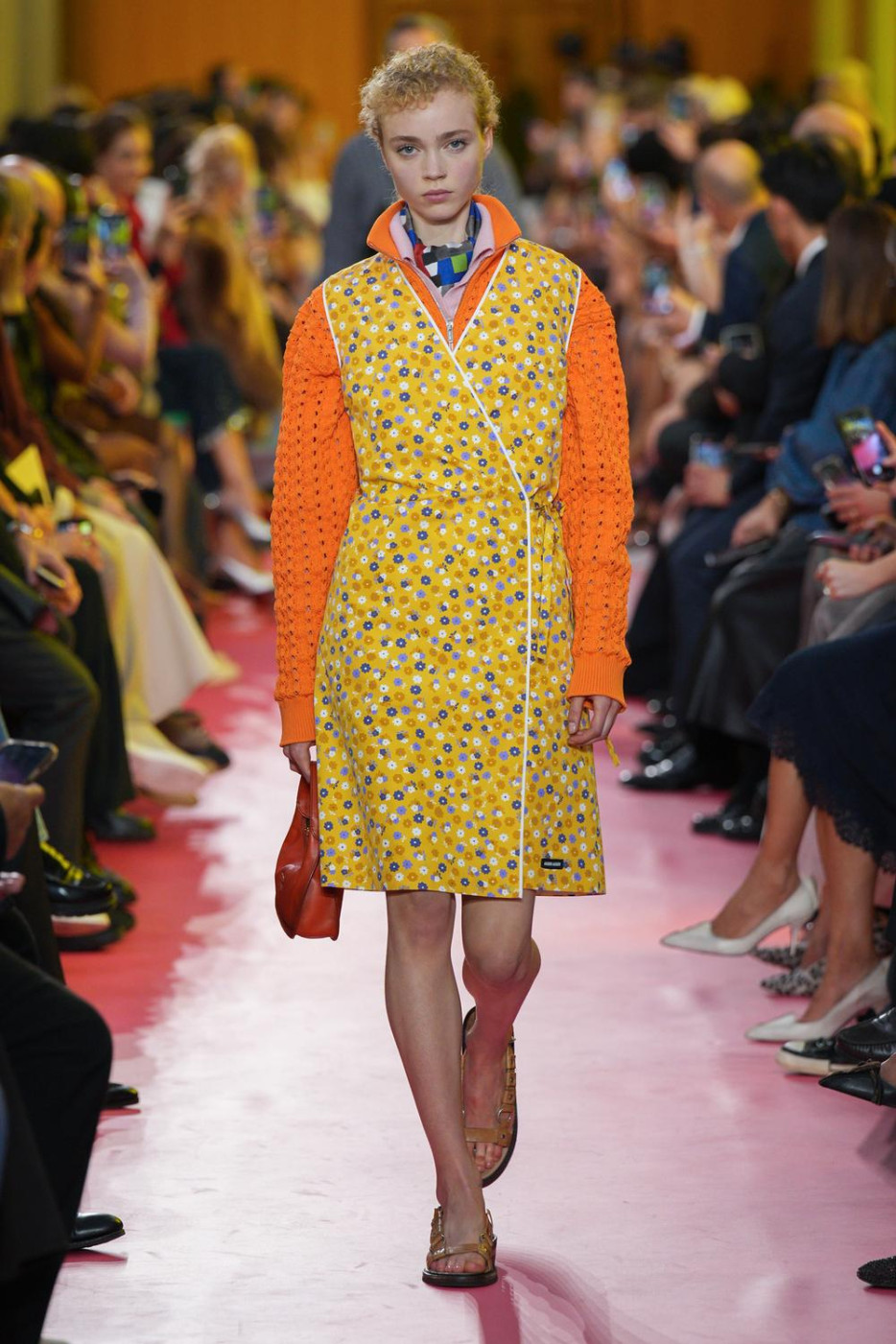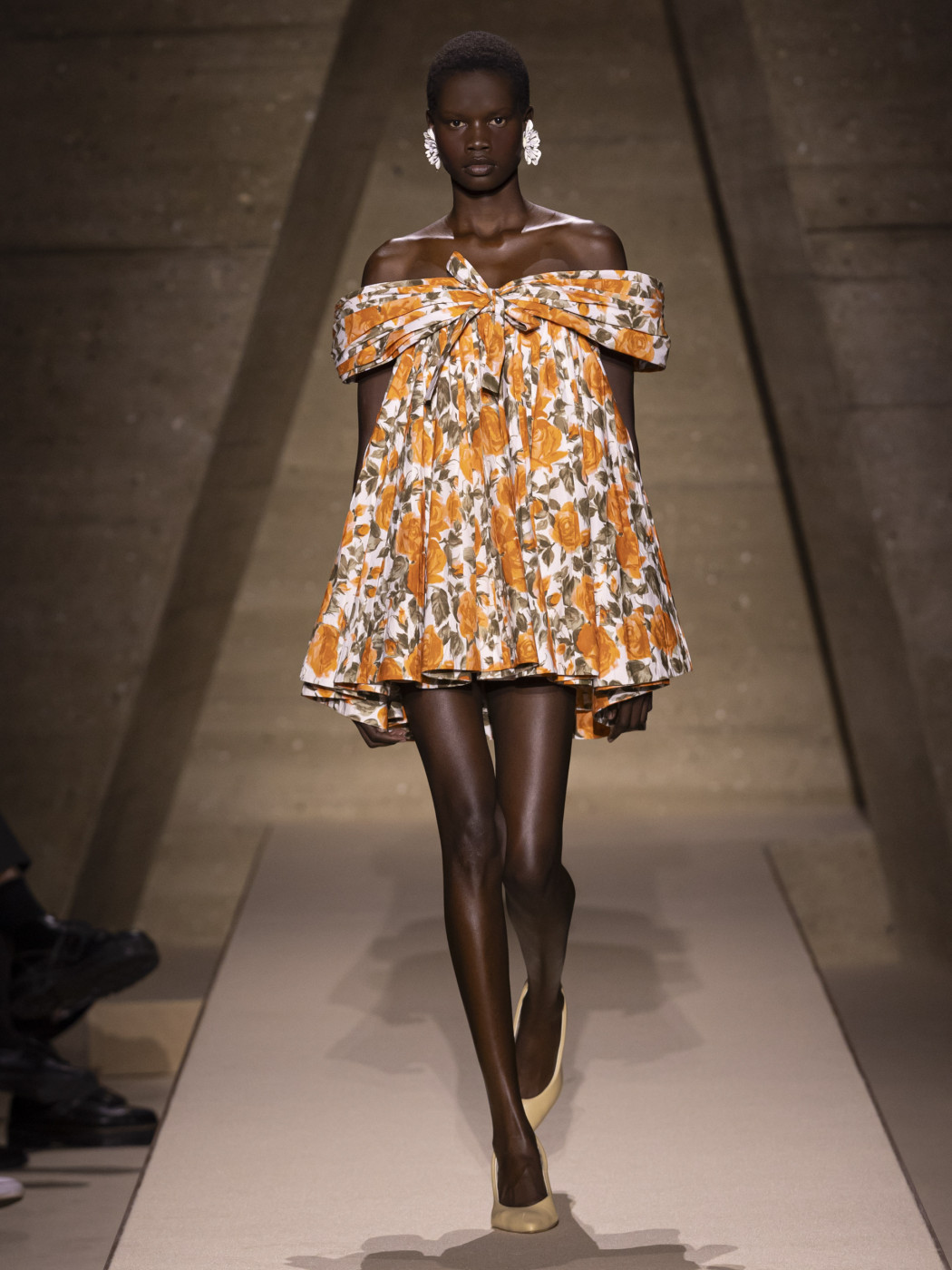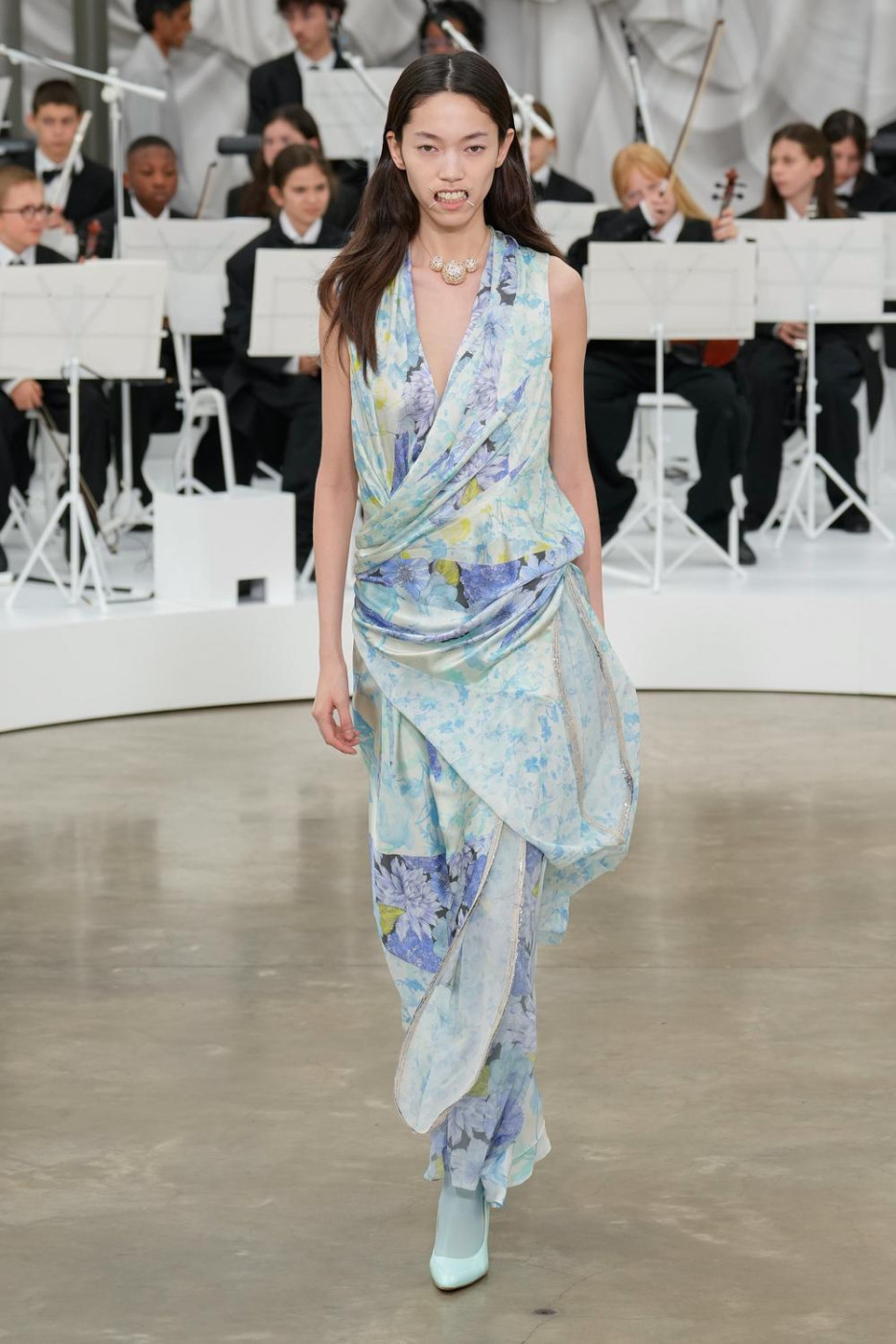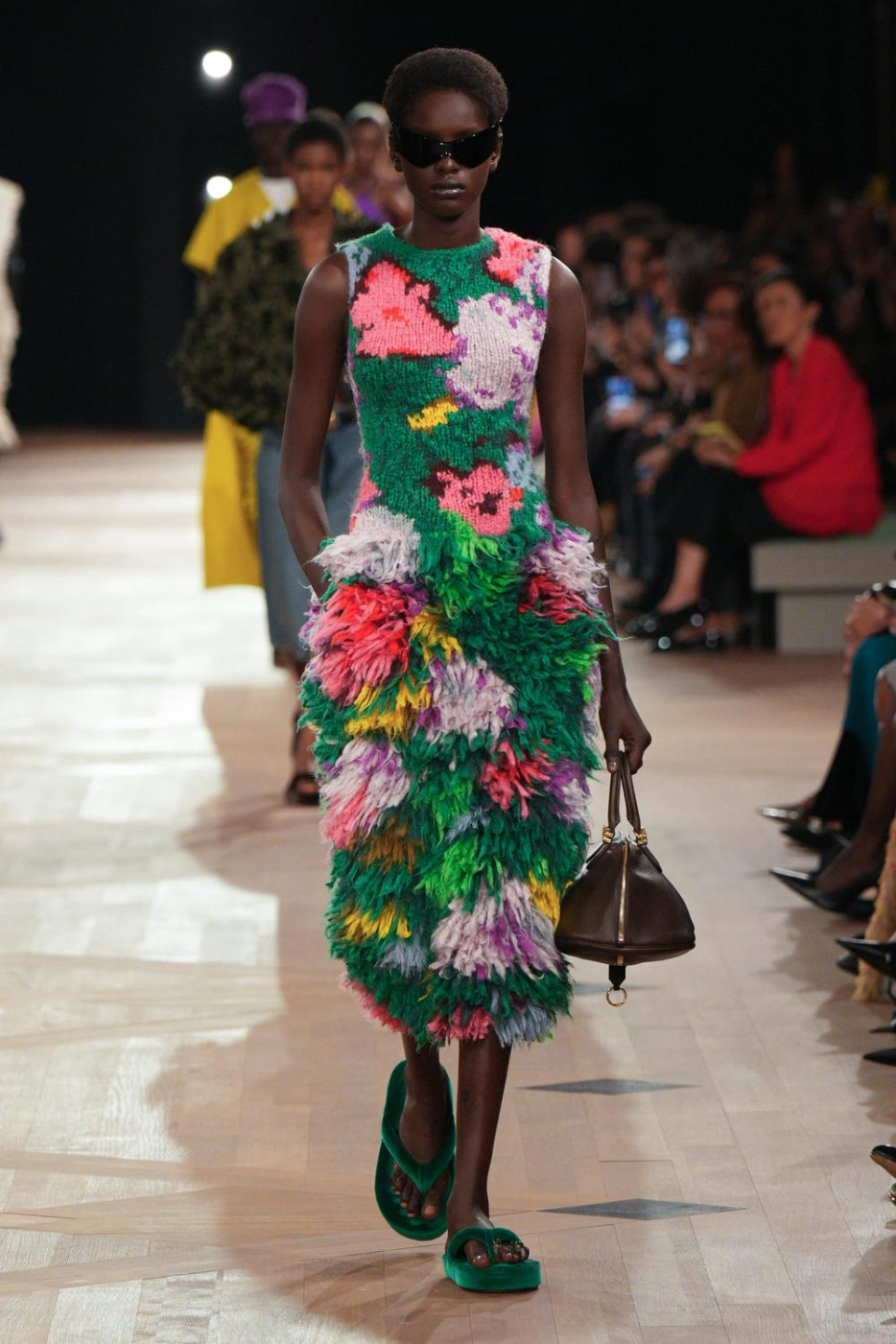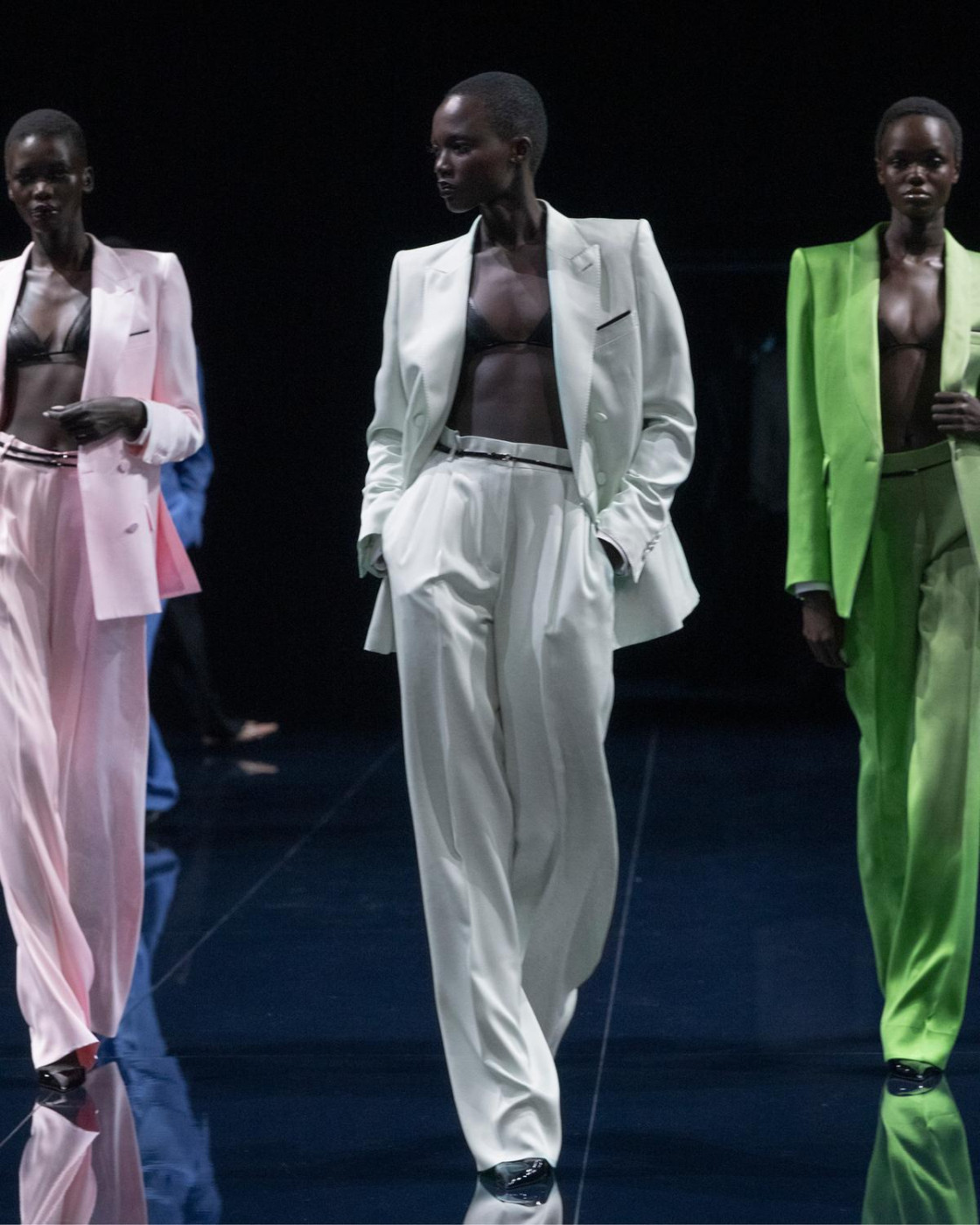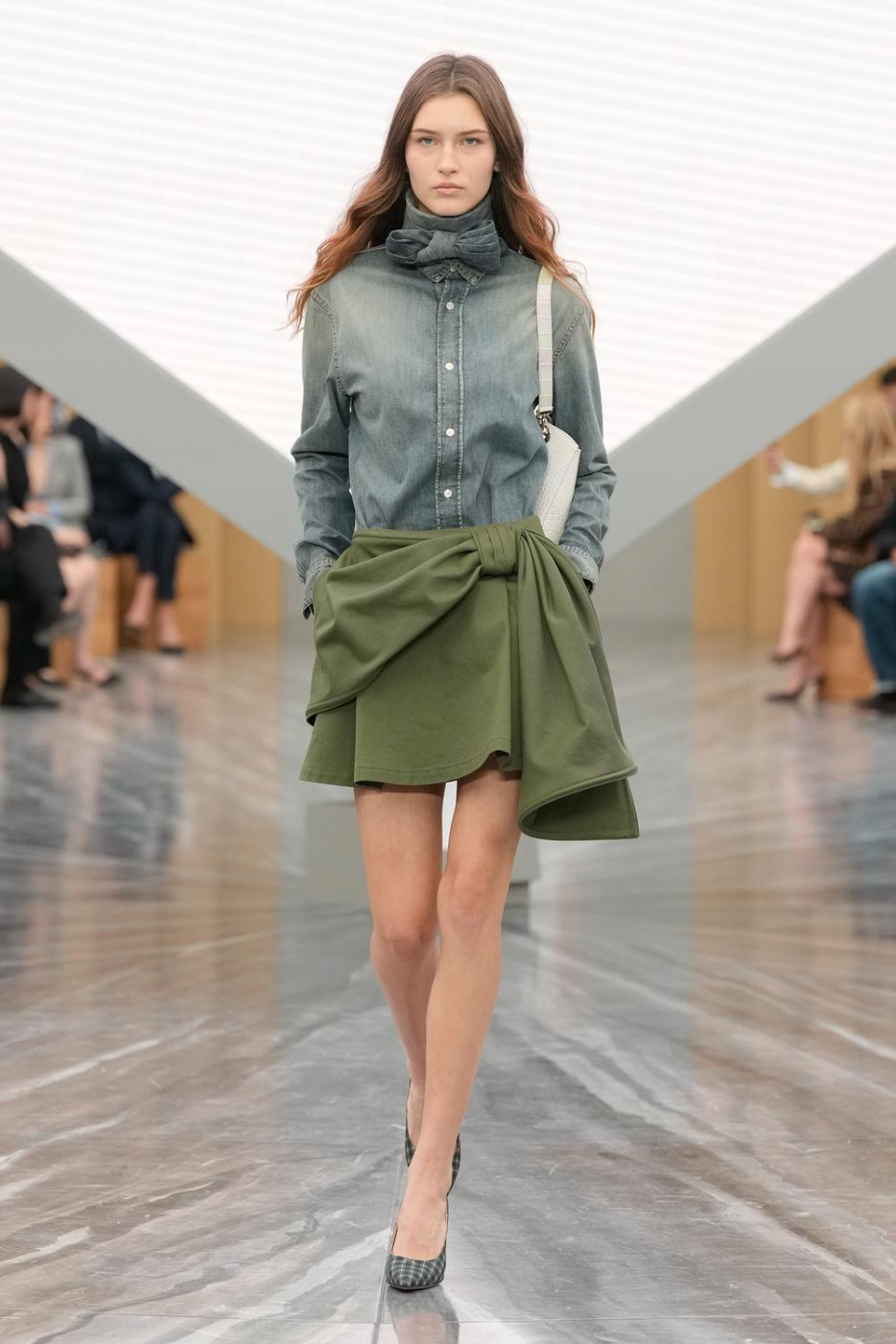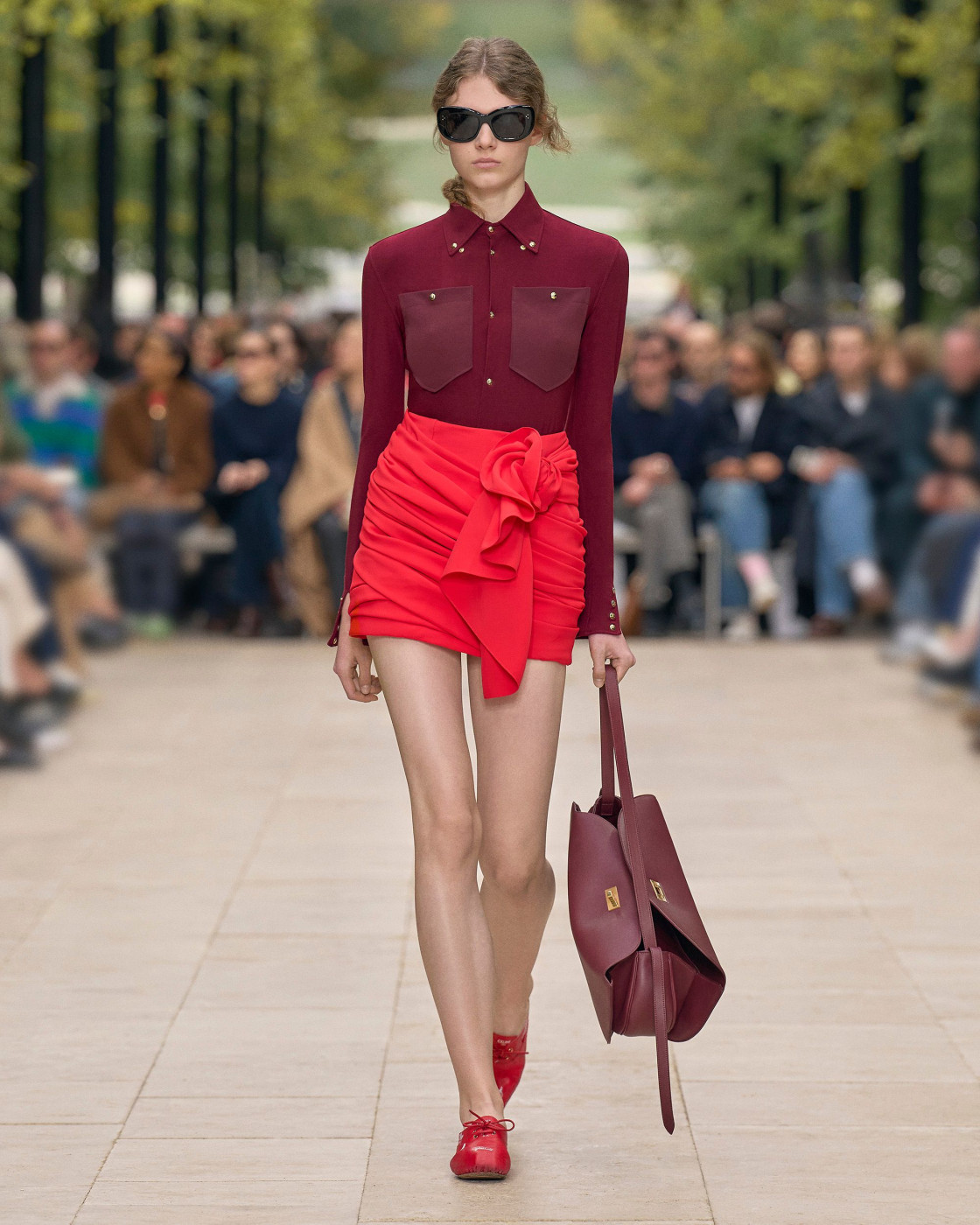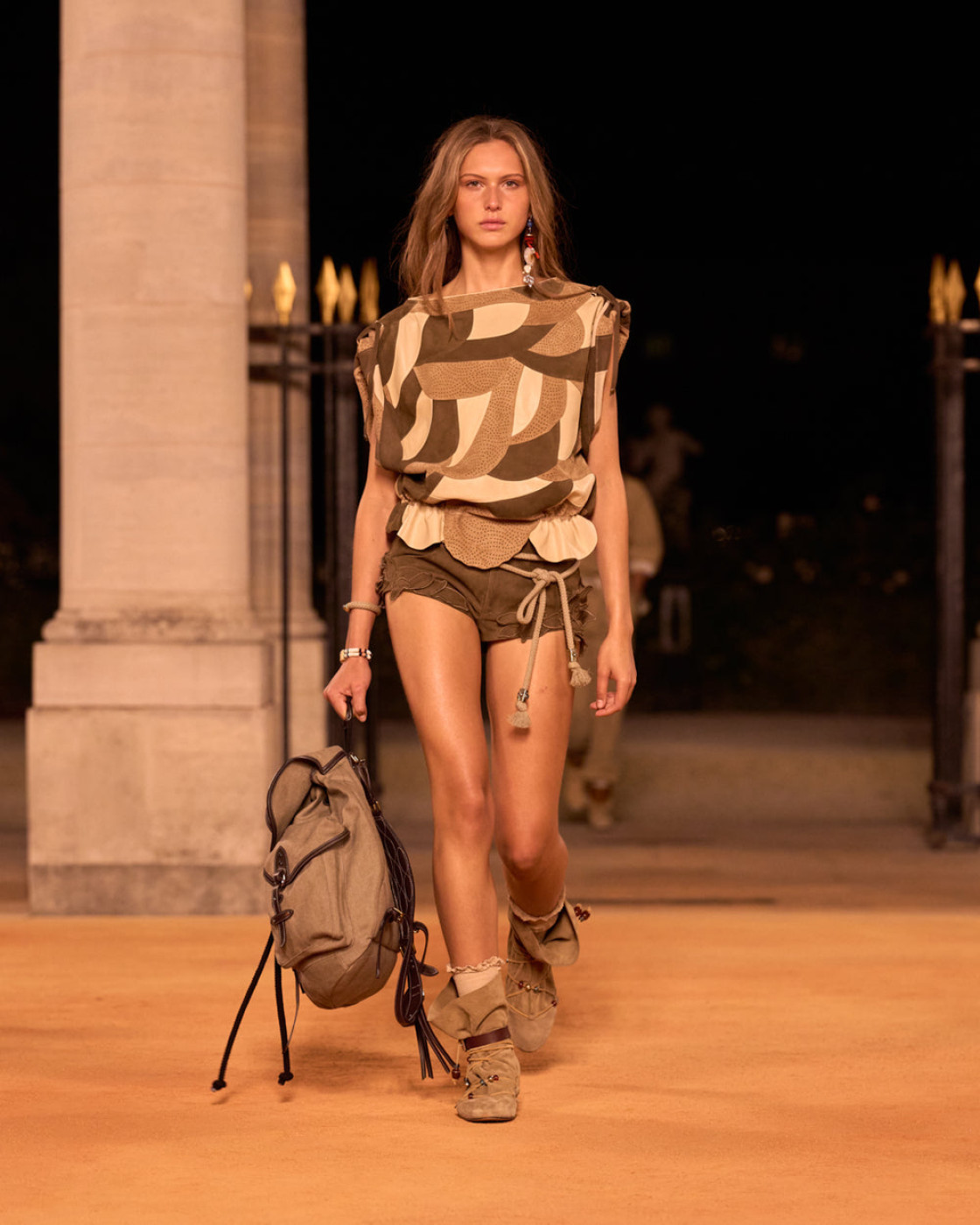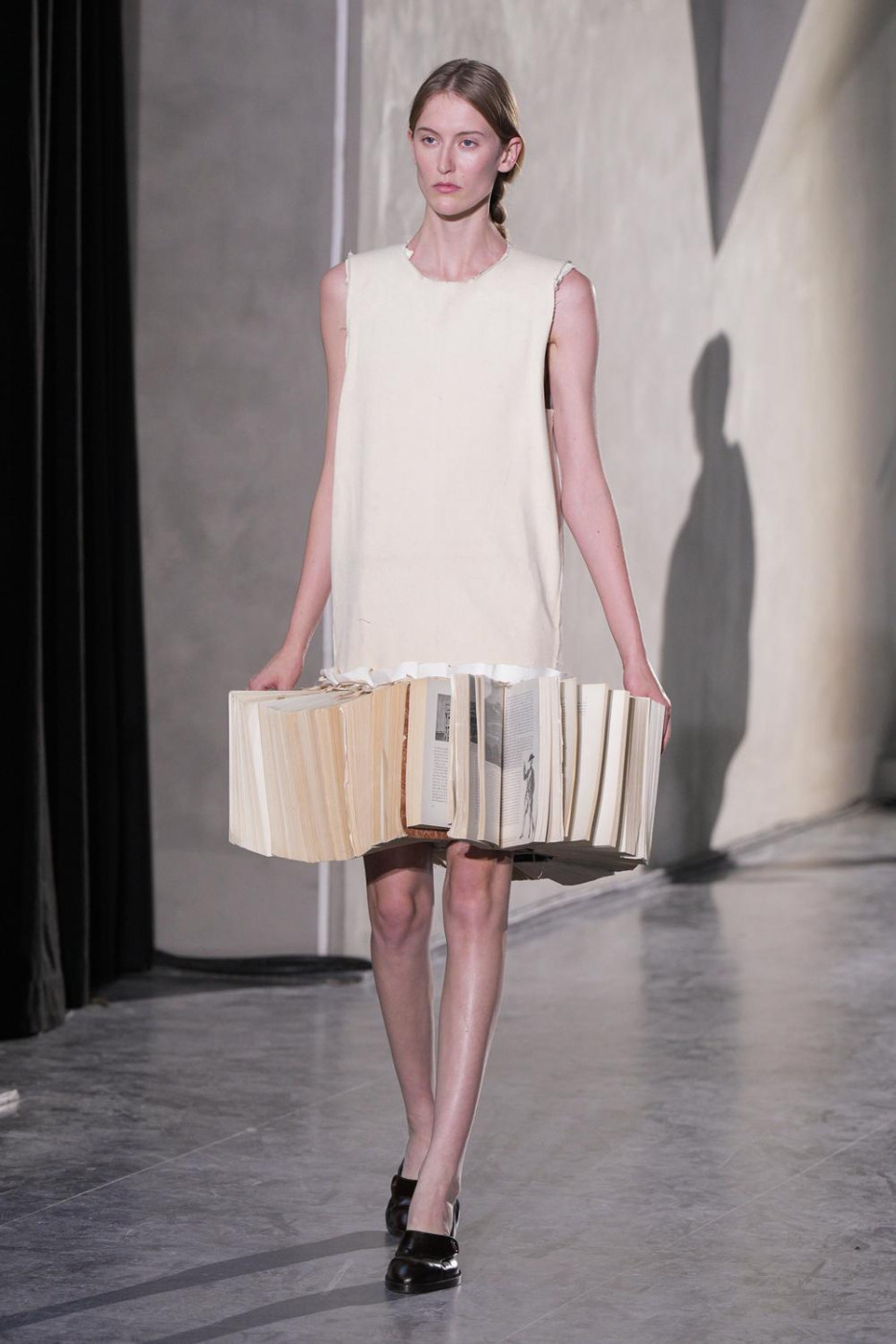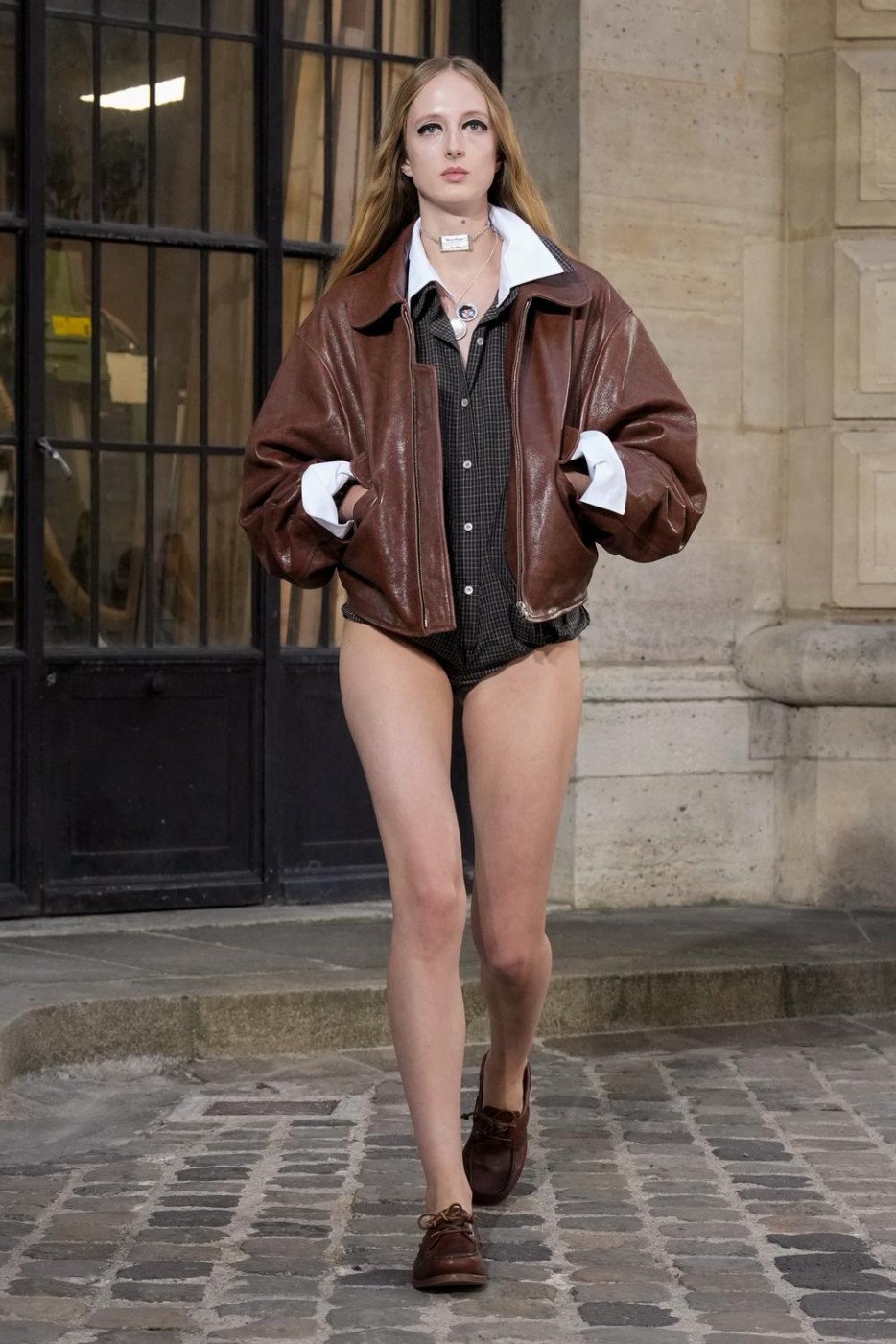
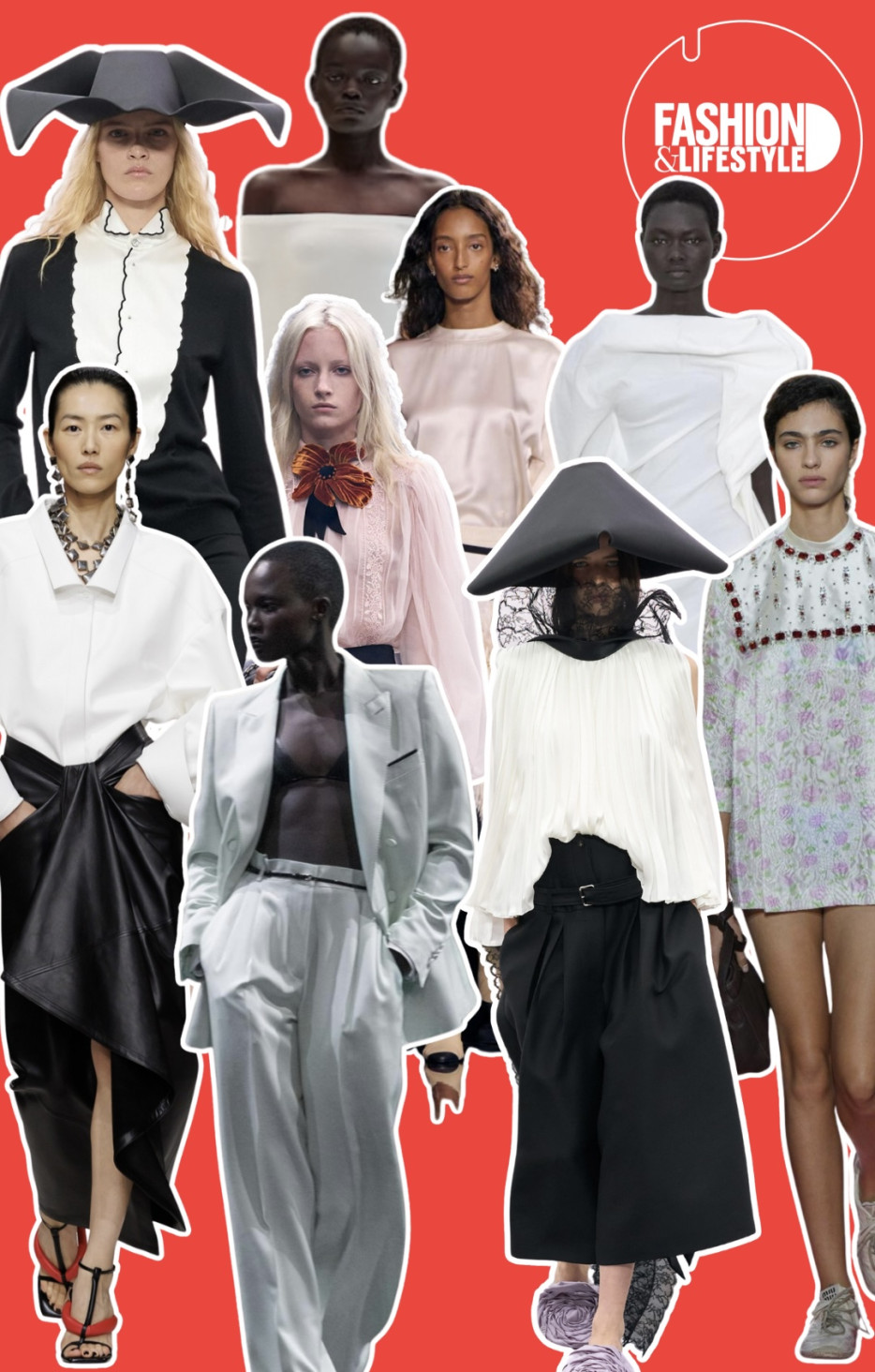
Paris Reborn: Inside the Most Transformative Season in Years
Paris Fashion Week for Spring/Summer 2026 has drawn to a close, a season of major debuts and renewed vision. Jonathan Anderson’s much-anticipated first collection for Dior and Matthieu Blazy’s poetic turn at Chanel marked a moment of rebirth for fashion’s grand maisons. Meanwhile, strong statements came from Valentino, Saint Laurent, Loewe, Dries Van Noten, Balenciaga, and Miu Miu, as designers sought new meaning in a world navigating creative and financial uncertainty.
In Search of Meaning
For Matthieu Blazy at Chanel, everything begins with love: transformative, life-giving love, the kind that once fuelled Coco Chanel herself. Under the softly glowing planets suspended above the Grand Palais, Blazy reimagined the Chanel silhouette: cropped tweed jackets, sweeping full skirts, crisp white shirts. The result was not just a collection but an entire cosmos, one built on harmony and affection.
At Valentino, Alessandro Michele found hope in darkness. His collection drew inspiration from a 1941 letter by filmmaker Pier Paolo Pasolini, written in the midst of war, describing his belief in fireflies and love. As the lights dimmed at the show’s finale, models lifted their gaze skyward, searching for a glimmer of light.
Satoshi Kondo at Issey Miyake asked what might happen if our clothes came alive. The result was both philosophical and intimate: garments that moved as extensions of the body, fluid and soulful, bringing colour and poetry to everyday life.
At Alaïa, Pieter Mulier examined the tension between desire and reality, past and future, masculinity and femininity. His pieces — sensual yet shielded — “cried with pain,” as he put it, revealing and concealing the female form in one breath.
For Miu Miu, Miuccia Prada looked to work itself — and to the women who keep the world running. Aprons, supple leather jackets, and utilitarian trousers evoked both labour and devotion, a salute to those who give their all to what they love.
At Dries Van Noten, optimism took shape in colour. Following the late designer’s legacy, Julian Klausner celebrated brightness and pattern, reviving the optical prints of the sixties. Similarly, Michael Ryder at Celine dreamt of an endless summer, showing silk scarves and bell-shaped floral minis in vivid primaries. For Loewe, debut designers Jack McCollough and Lazaro Hernandez sought simplicity — a fresh start for the 180-year-old house — stripping forms and hues back to their essence.
Elsewhere, Guram Gvasalia at Vetements held up a darkly humorous mirror to fashion itself, parodying familiar tropes (and perhaps Kanye West’s antics) before closing with a bride in black, weeping for a world gone astray.
Parisian designer Alain Paul, once a classical ballet dancer, staged his show as an entrance exam — guests seated at long tables like examiners, watching models-dancers perform. It became a metaphor for life’s trials, ending in an eruption of freedom as performers broke formation to dance among the crowd.
And on the opening day, Yohji Yamamoto spoke candidly to Business of Fashion about luxury’s misguided obsession with profit over purpose. His collection, dedicated to his late friend Giorgio Armani, was a quiet, poignant act of remembrance.
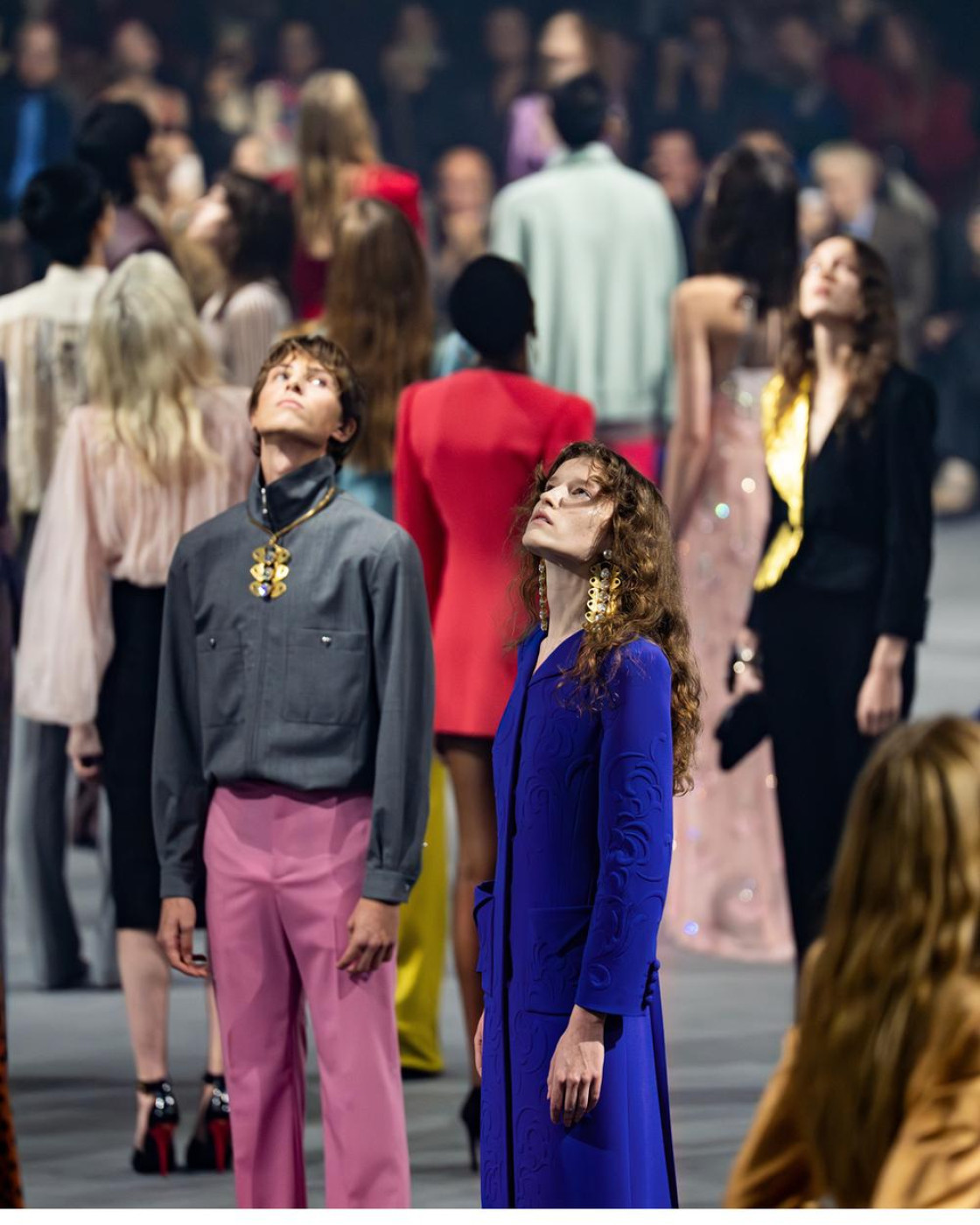
The White Shirt Rewritten
Among the season’s standout moments: Matthieu Blazy’s Chanel debut. Starting literally with a blank page, he placed the white shirt at the heart of his collection, crafted in collaboration with the legendary house Charvet. Coco herself adored borrowing them from men’s wardrobes — Karl Lagerfeld too was known to buy them by the dozen. Blazy styled them with long, dramatic skirts in black or crimson.
At Saint Laurent, Anthony Vaccarello paired white blouses with oversized bows and sleek leather pencil skirts. Sarah Burton at Givenchy reimagined the office shirt as sculptural dresses; her other idea was to craft them from impossibly soft calfskin.
Nicolas Ghesquière at Louis Vuitton channelled 1940s Hollywood: crisp stand collars and cinematic tailoring. Alessandro Michele at Valentino offered sheer muslin versions adorned with flowers at the neck, while Zimmermann revisited romance through puff-sleeved cotton blouses cut from sturdy shirting fabric.
Back to the Future
Jonathan Anderson’s debut at Dior revisited history with reverence and wit. Referencing both Christian Dior and John Galliano, he played with pirate hats, ribbons, panniers, and delicate lace crinolines — structure made soft.
Elsewhere, Victor Weinsanto revived corsetry and crinoline in motion, while Seán McGirr at Alexander McQueen nodded to military jackets worthy of animated princes. Stefano Gallici at Ann Demeulemeester followed suit with sharply defined tailoring, mimicking the past while looking into the future.
Japanese visionary Anrealage breathed literal life into silhouettes of the past, building heartbeat-powered crinolines for the future. Copenhagen-based, Cecilie Bahnsen marked her label’s tenth anniversary with a collaboration with The North Face, proving volume can feel utterly modern when crafted from technical fabrics.
Colour Rising
Next spring will be drenched in colour. At Miu Miu, guests perched on multicoloured tables, their legs swinging playfully, as Miuccia Prada presented a joyful collection of floral aprons and warm-toned knitwear.
Chloé’s Chemena Kamali sent out asymmetric dresses and cropped tops in full bloom, while Glenn Martens, debuting at Maison Margiela, quite literally worked with bouquets to recreate floral prints in motion.
Colour, of course, has long been Pierpaolo Piccioli’s native tongue. For his Balenciaga debut, he painted with fuchsia, crimson, butter yellow, and powder pink. Haider Ackermann for his second collection for Tom Ford, expanded his black and white world to include green, sky blue, orange, and royal blue.
The Return of the Mini
Mini lengths reigned supreme. At Dior, Jonathan Anderson offered denim and suiting minis; Celine tied skirts with rose-like knots; Isabel Marant leaned into earthy crochet and shorts.
New Marni creative director Merryl Rogge proposed lingerie-like shorts to match cropped tops, while LVMH Prize winner Ellen Hodakova constructed mini dresses from everything imaginable — gloves, belts, books, even zips. And Miuccia Prada doubled down with a parade of glittering microdresses embroidered with signature stones and crystals.
Text: Lidia Ageeva


